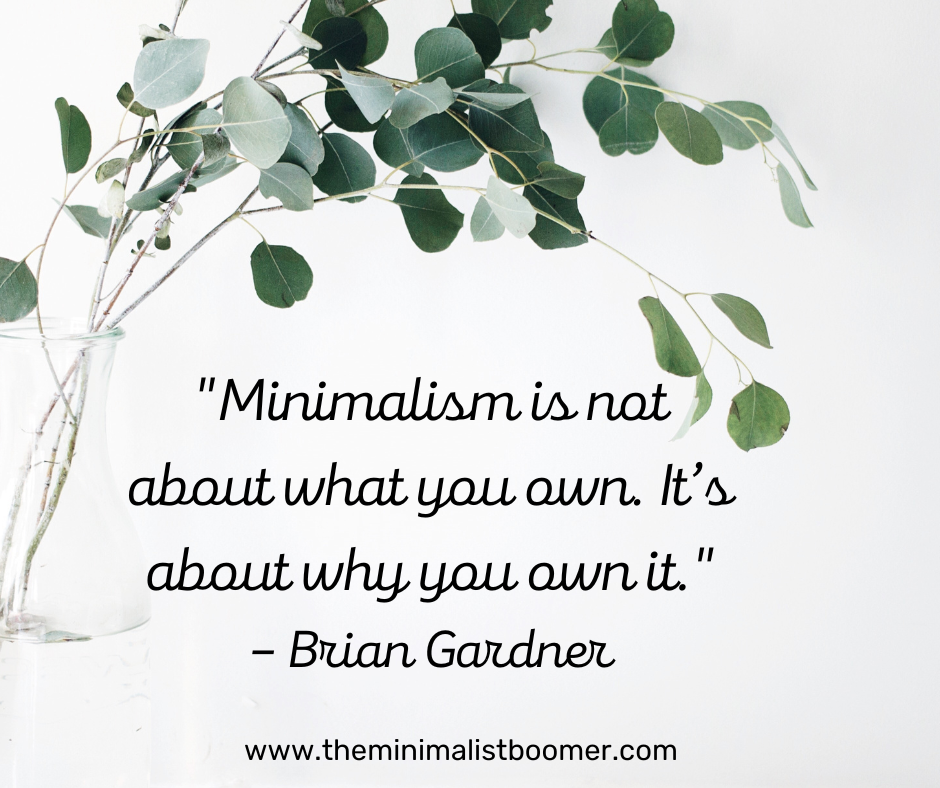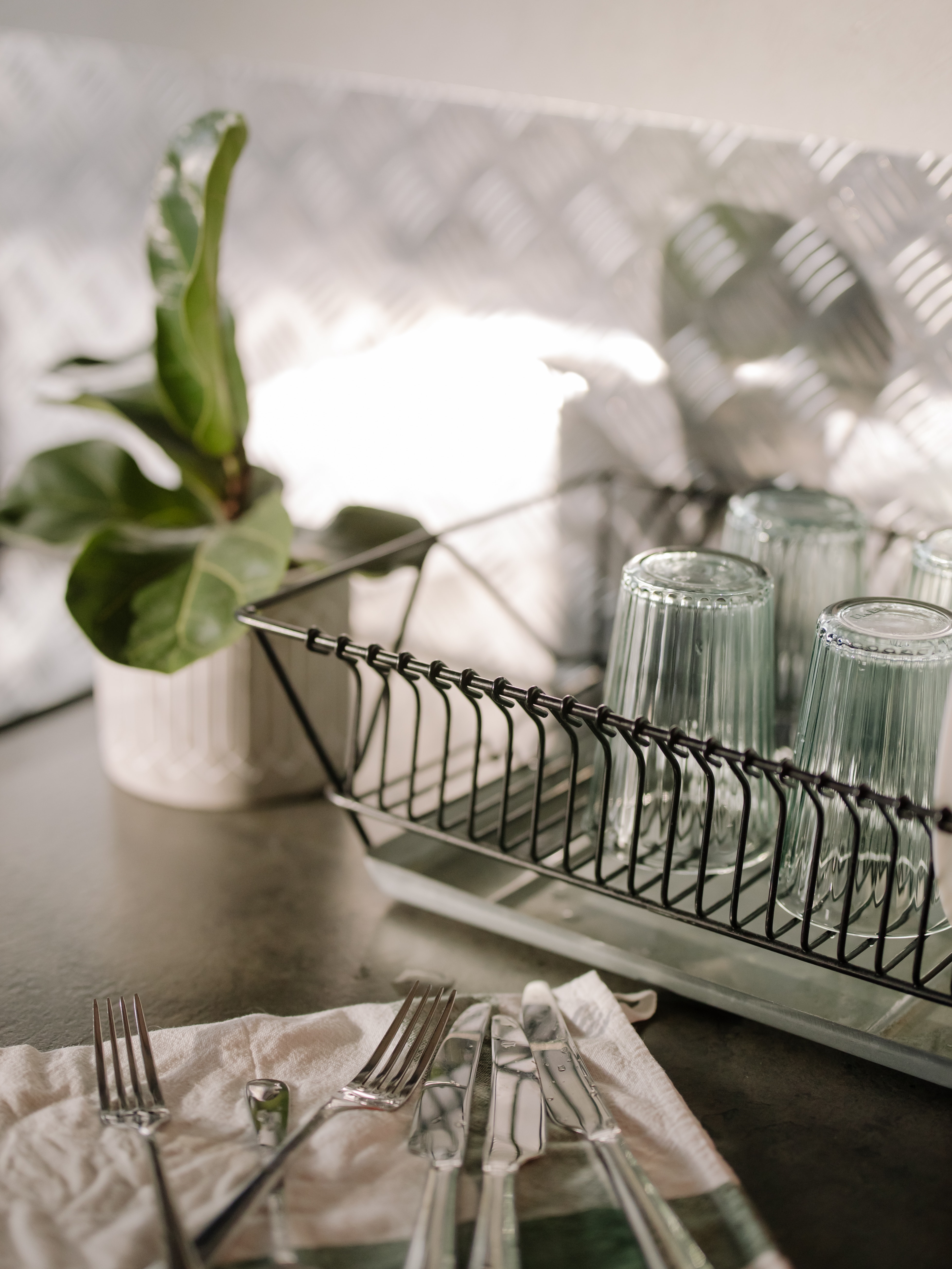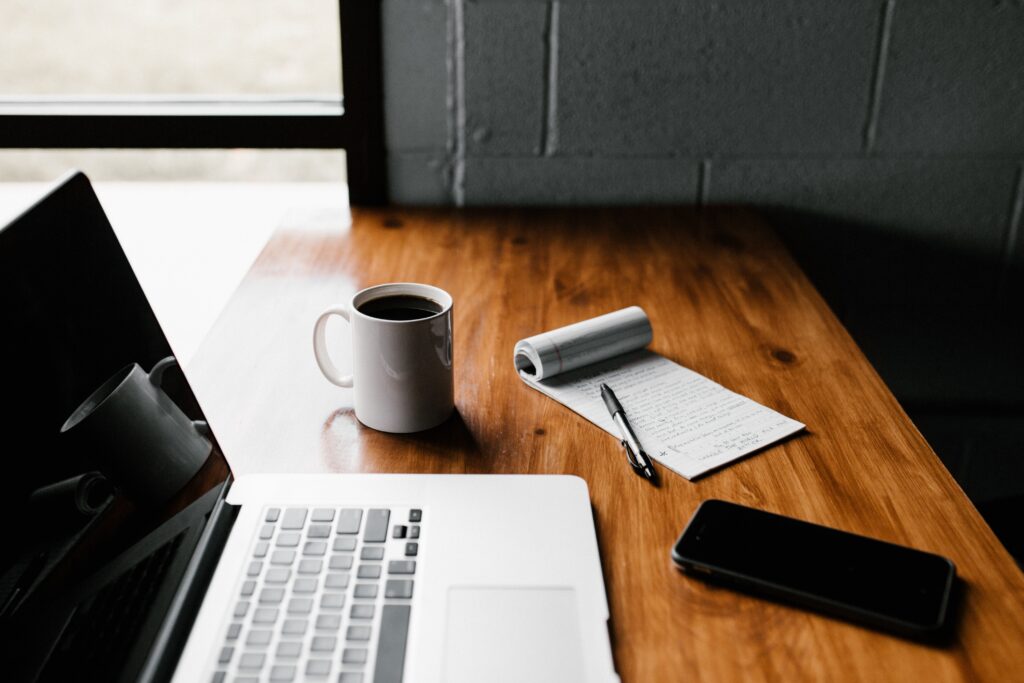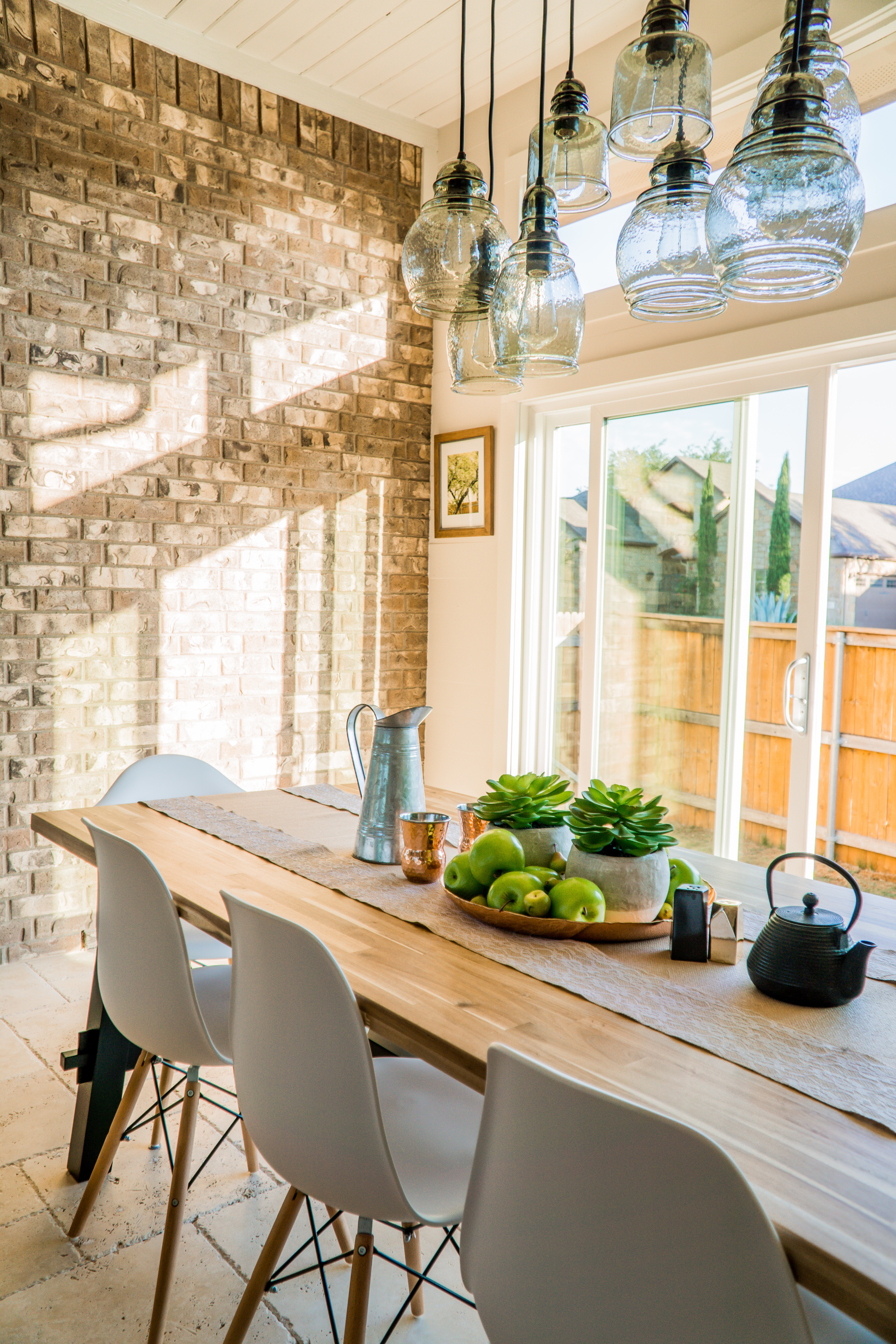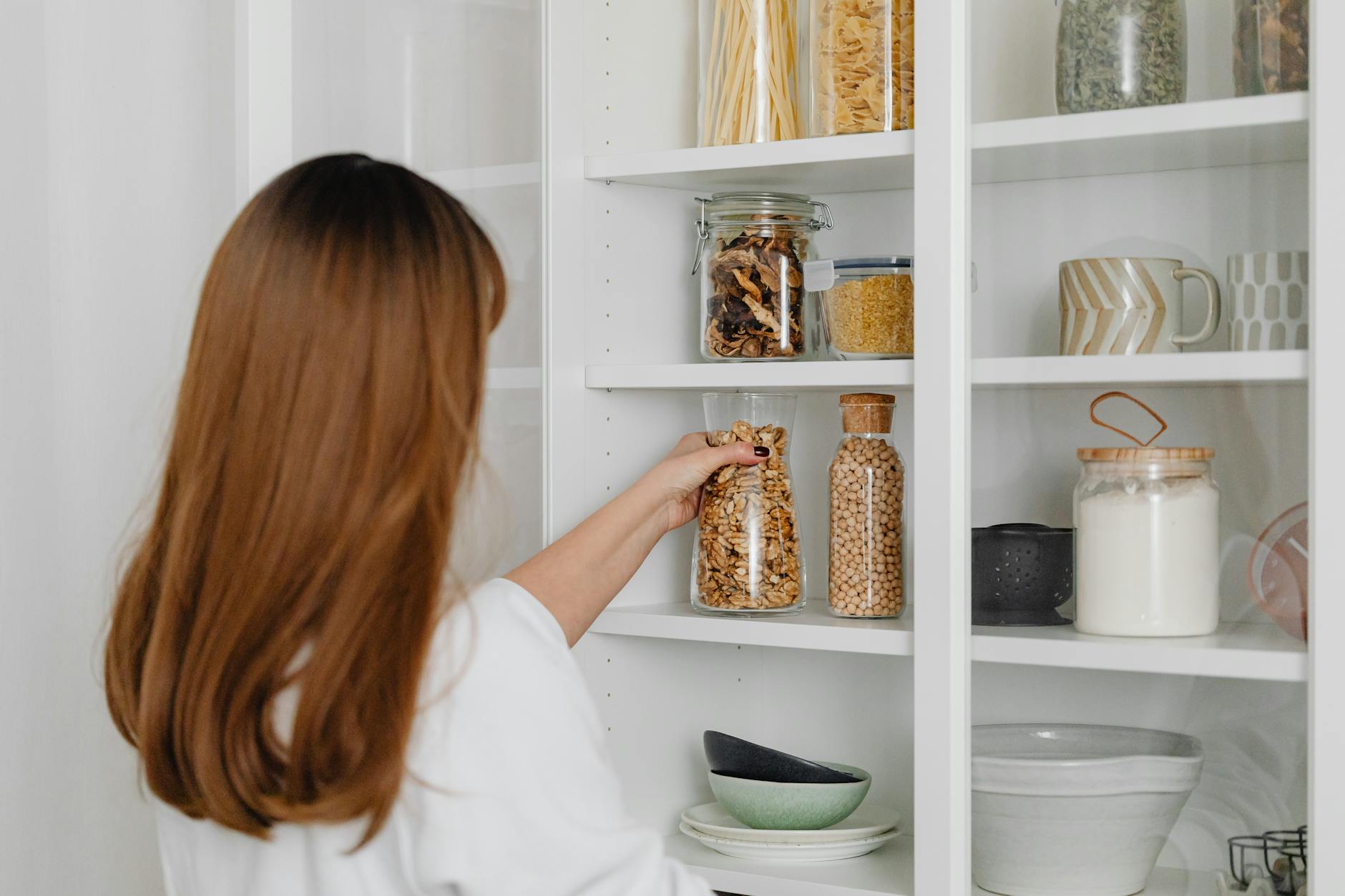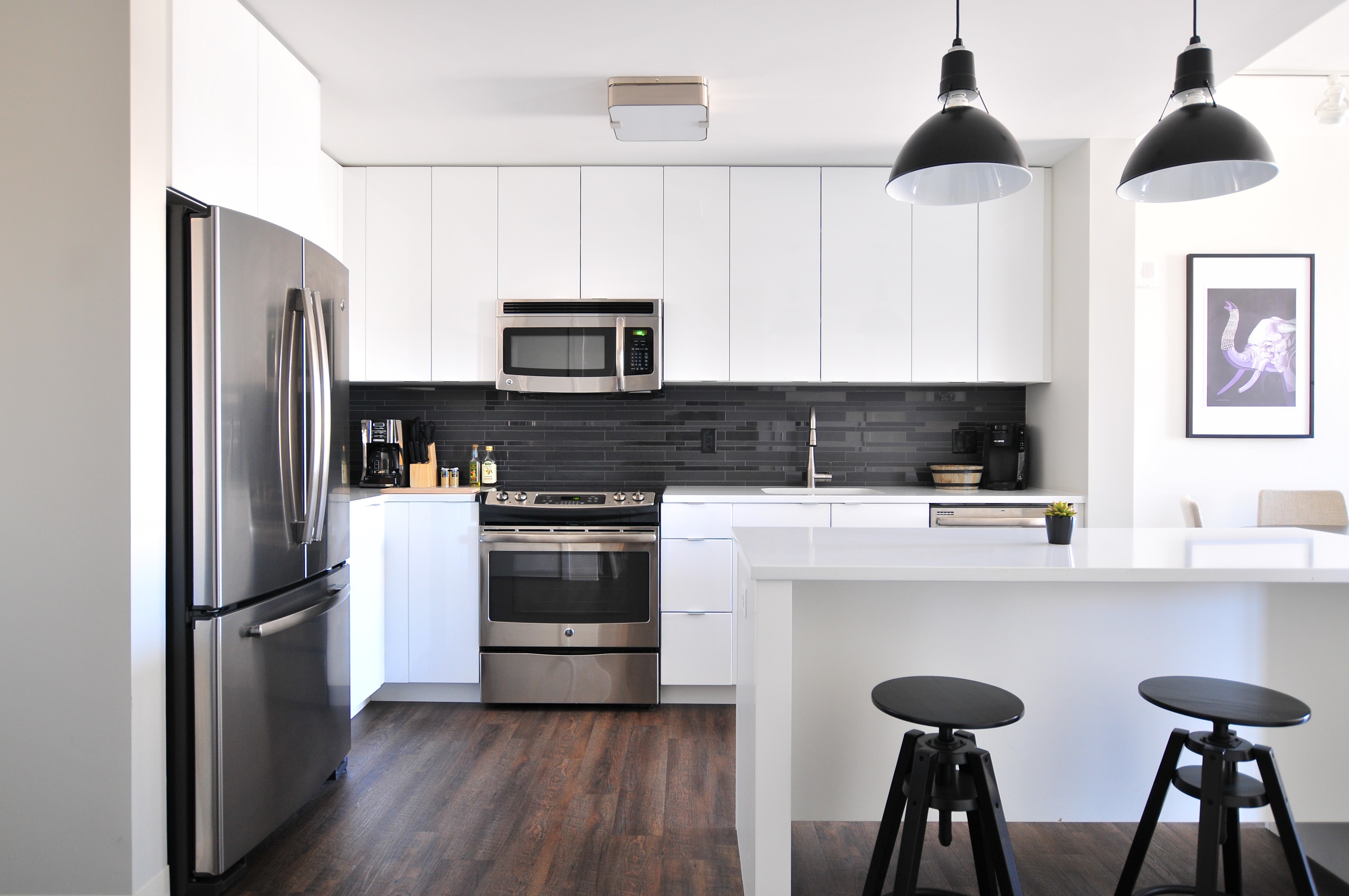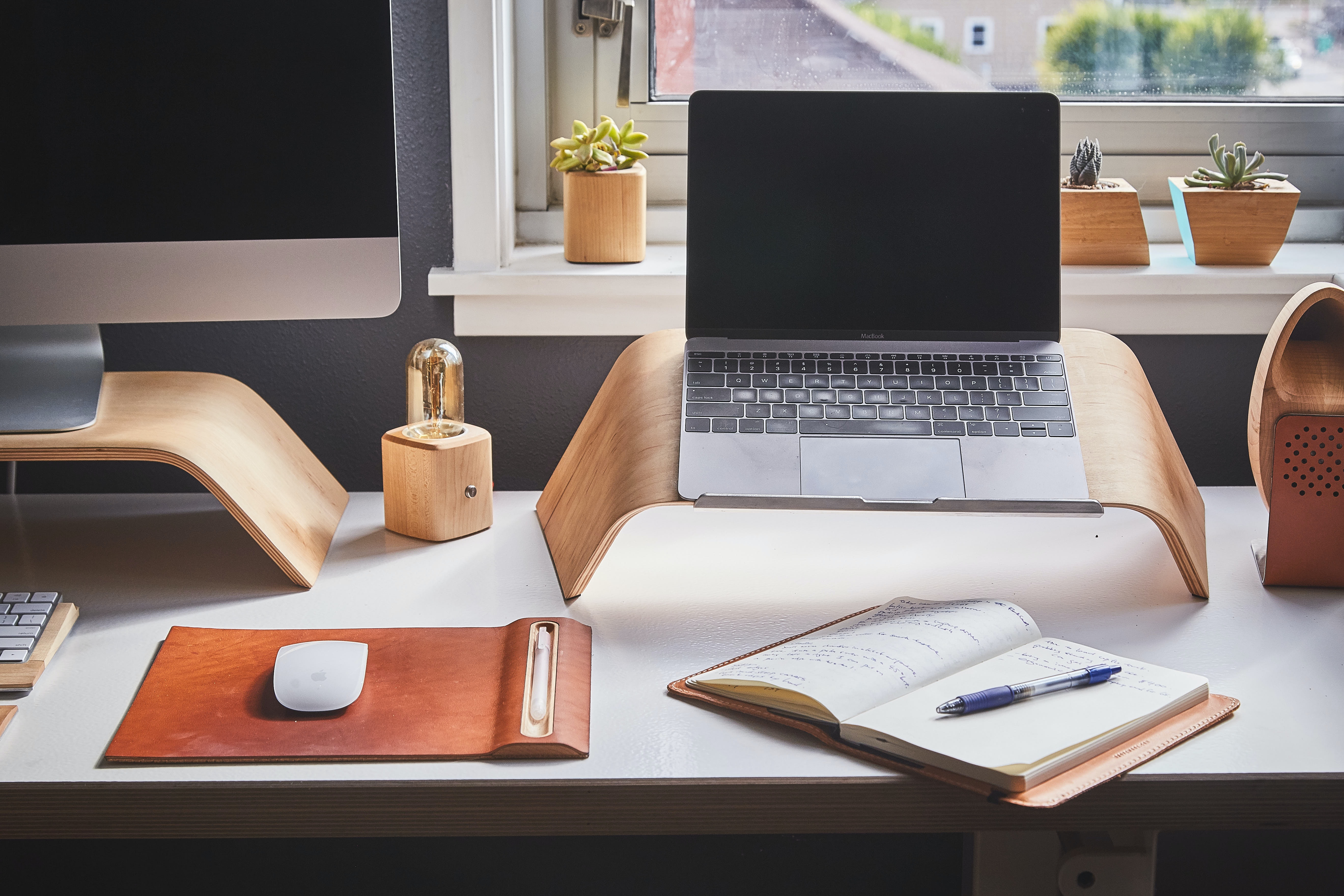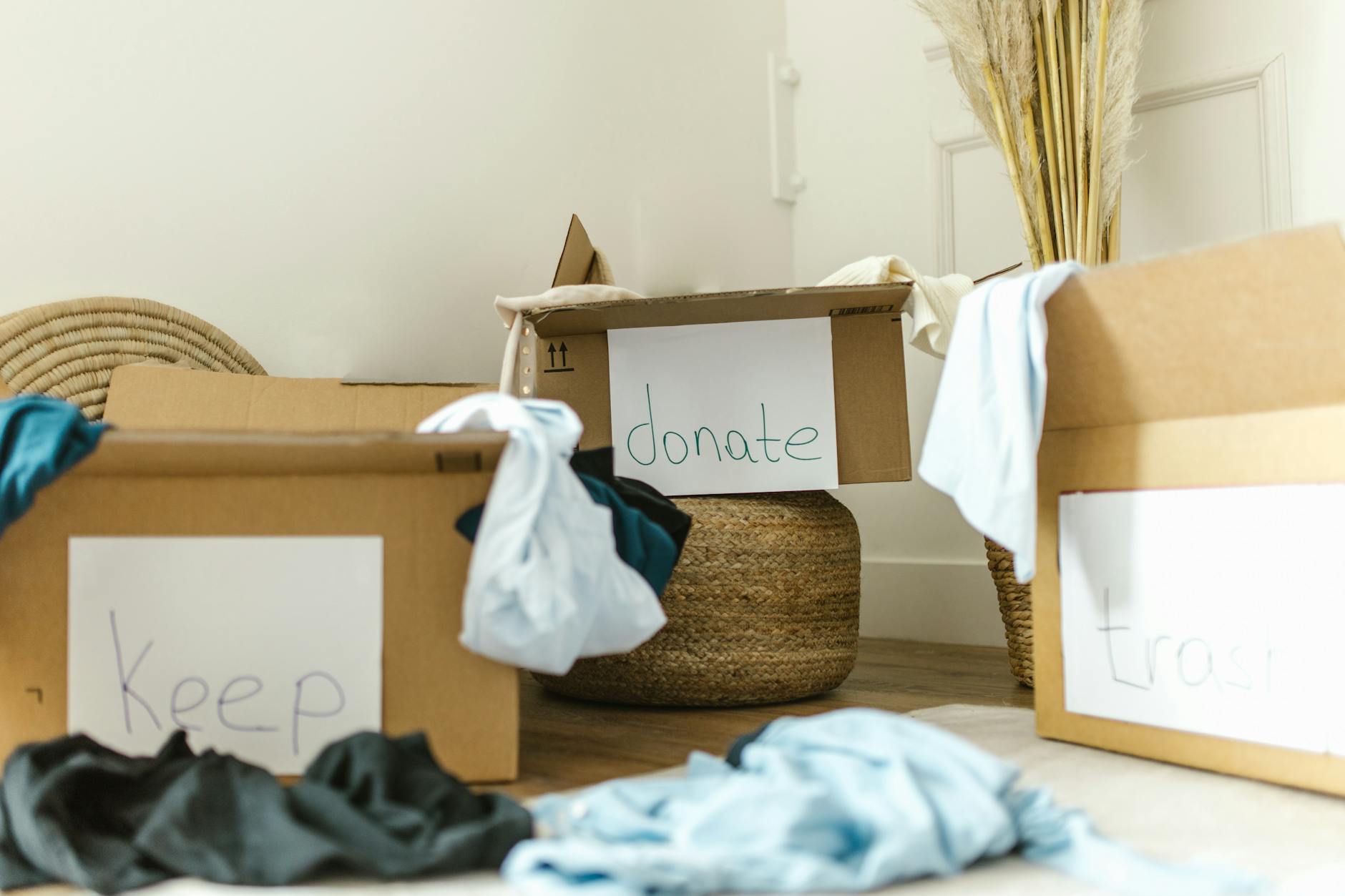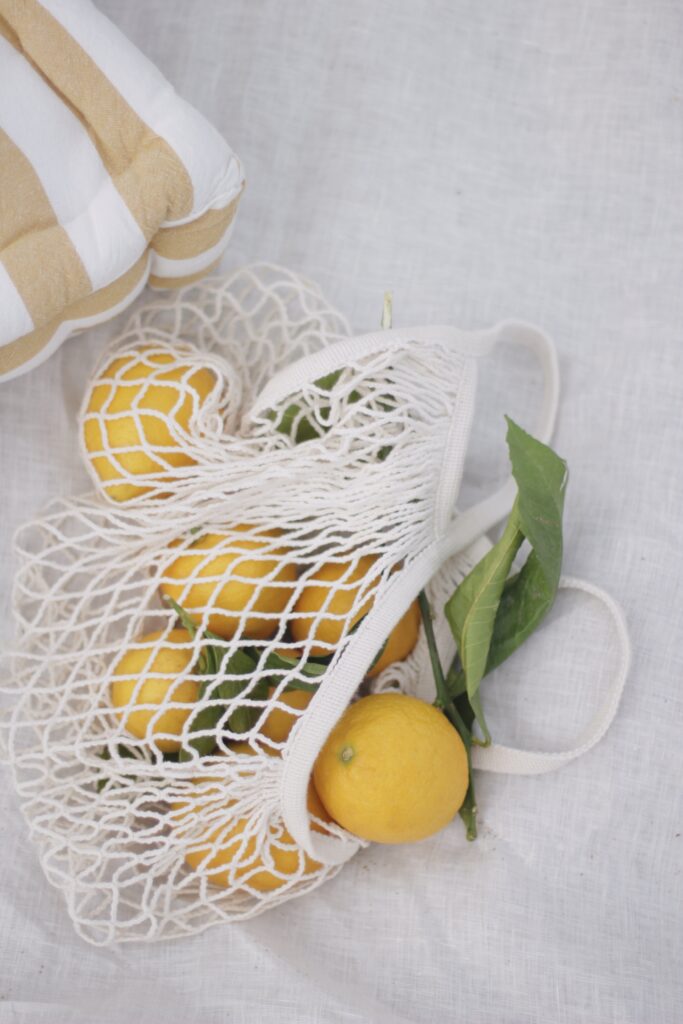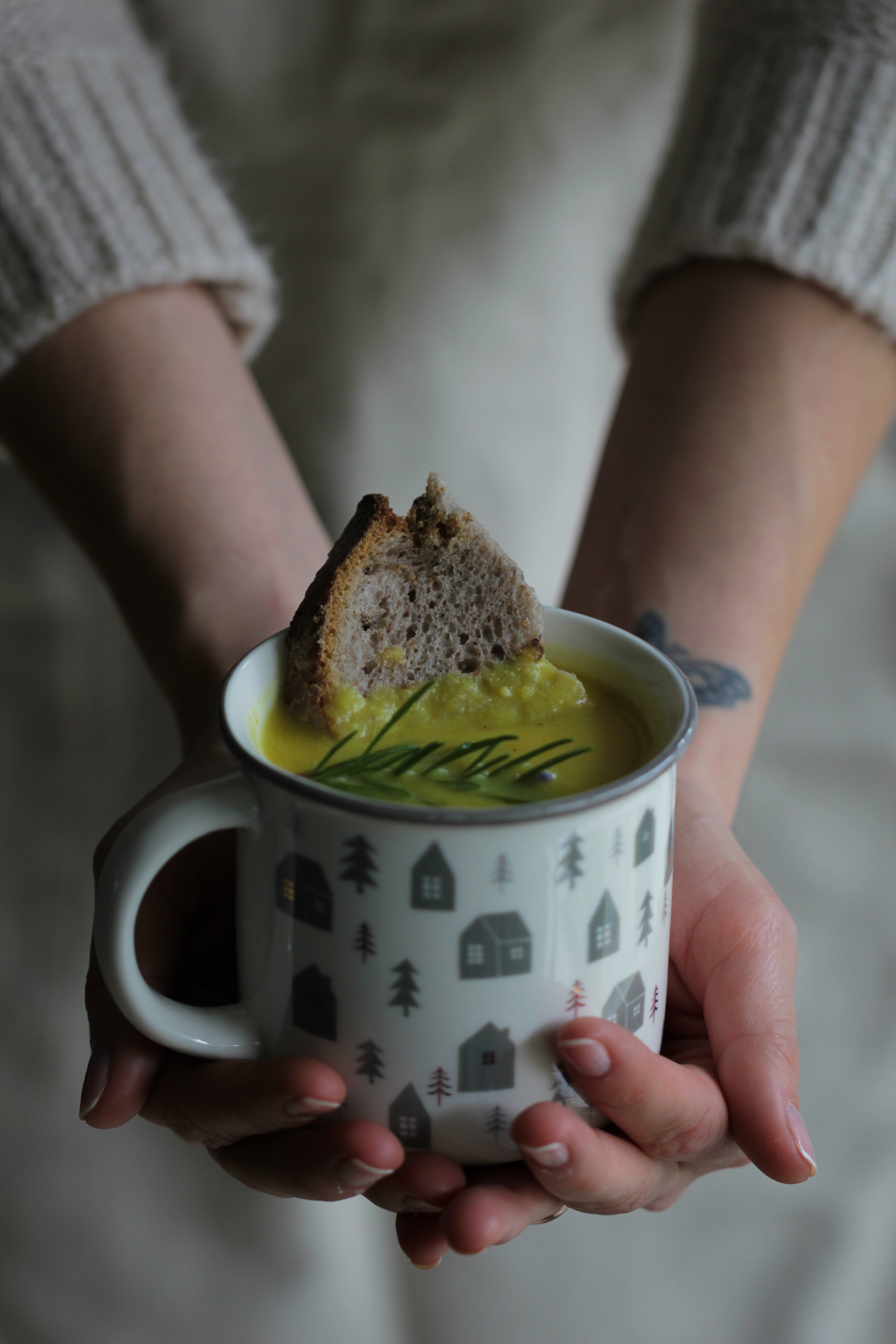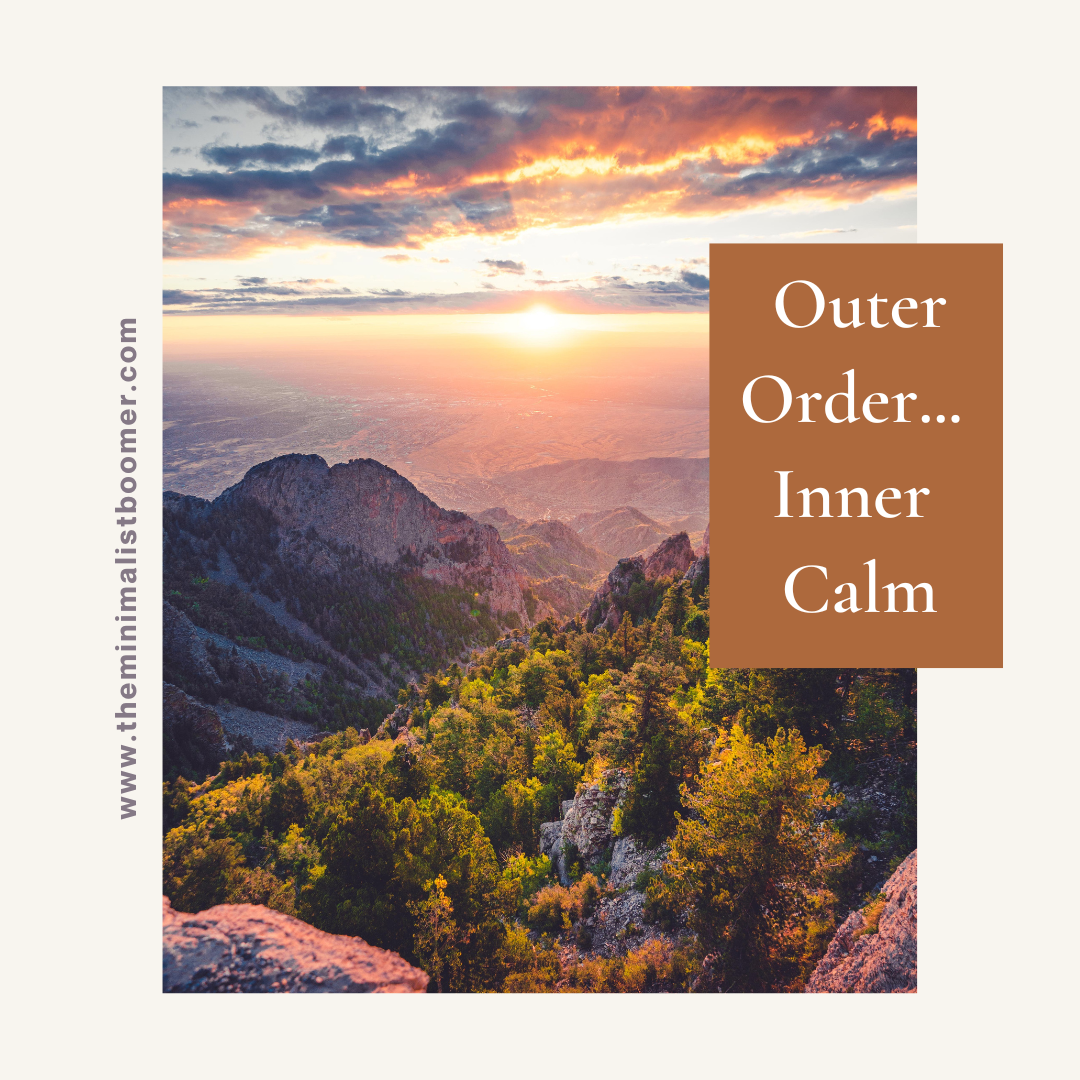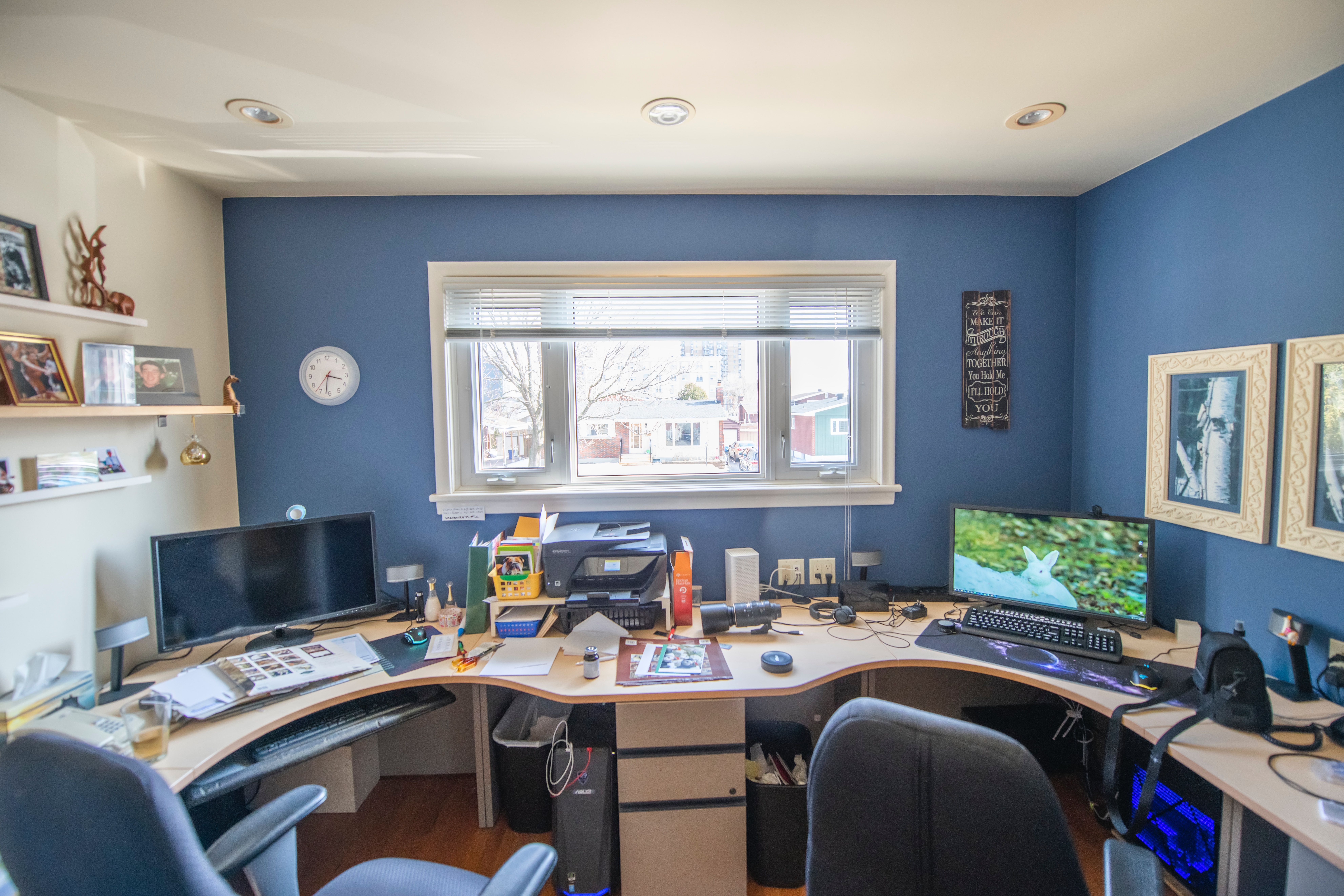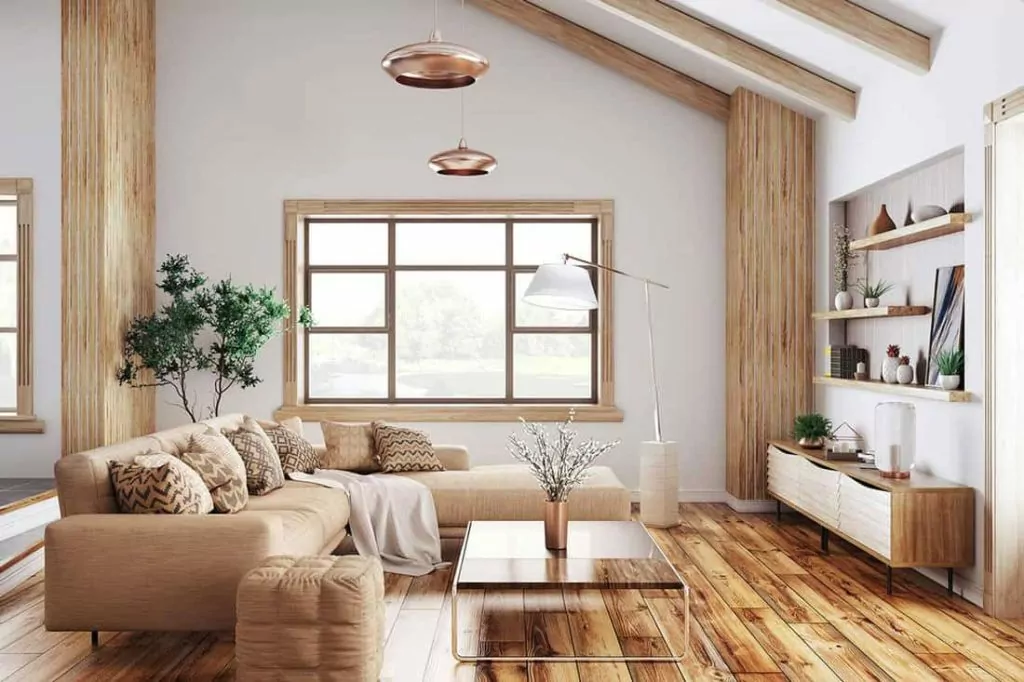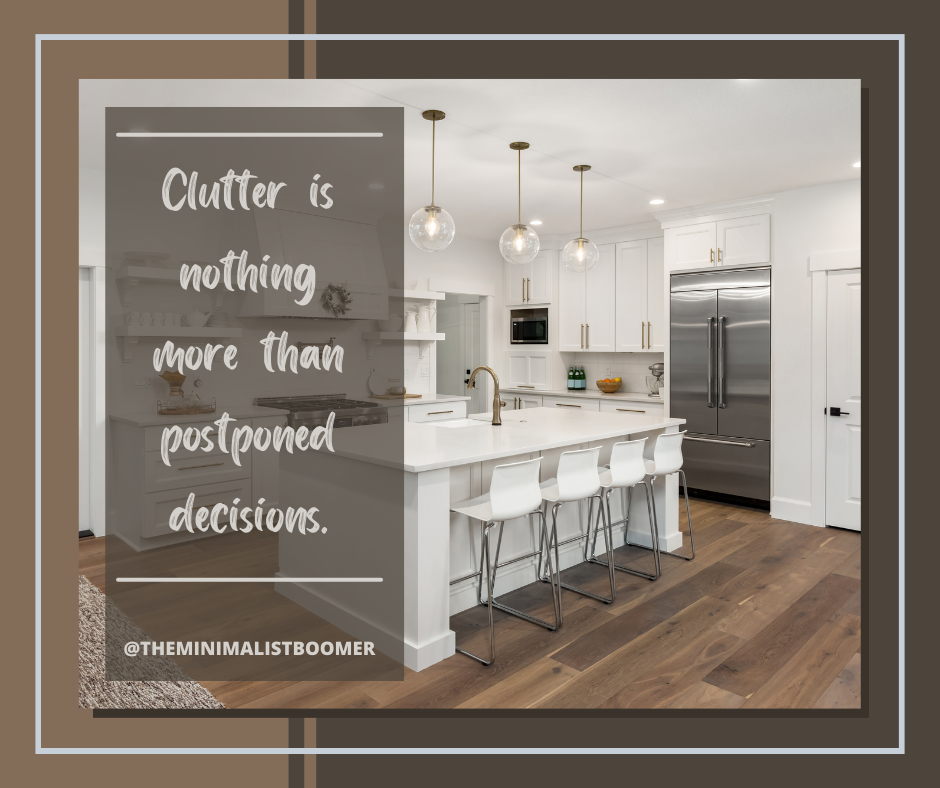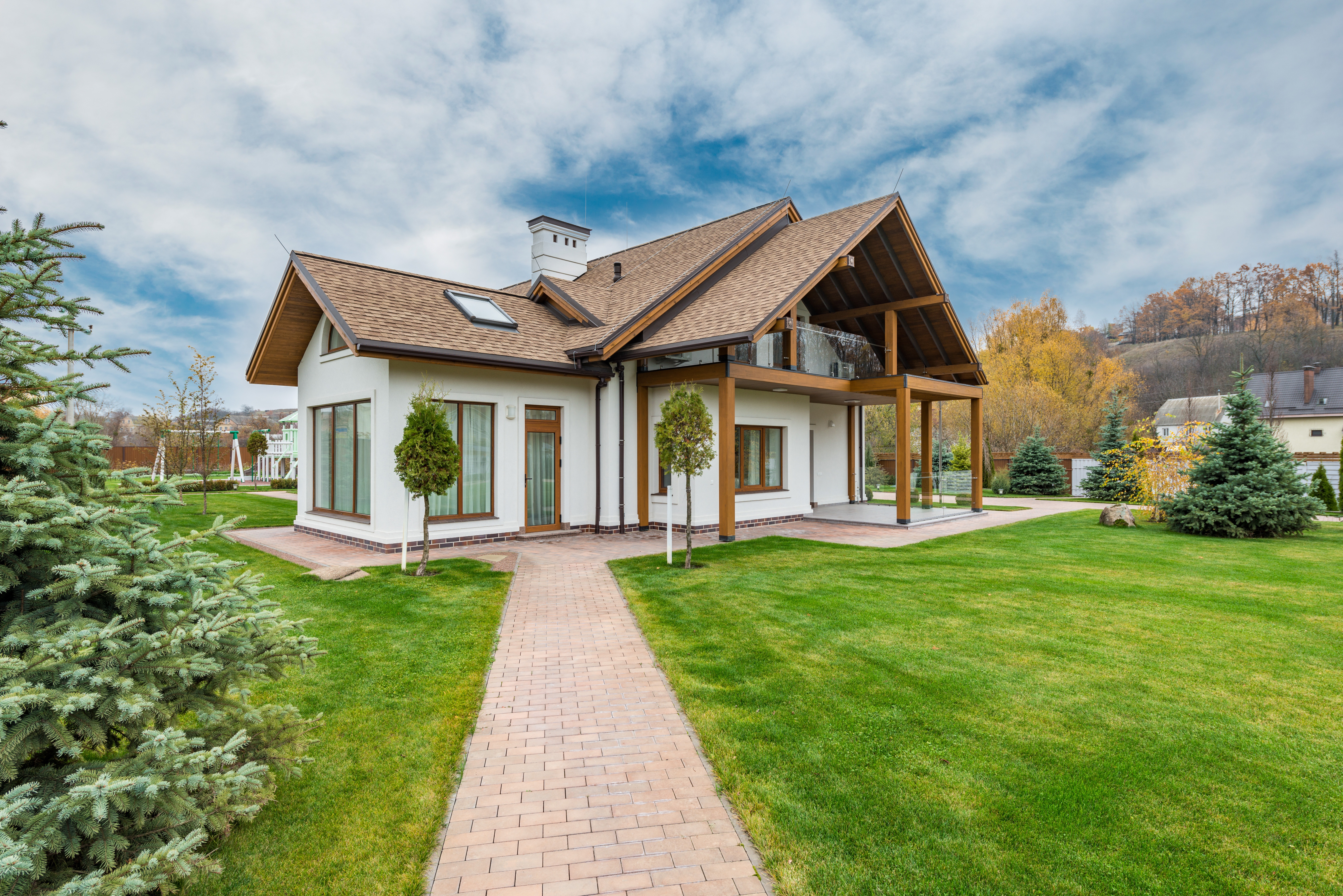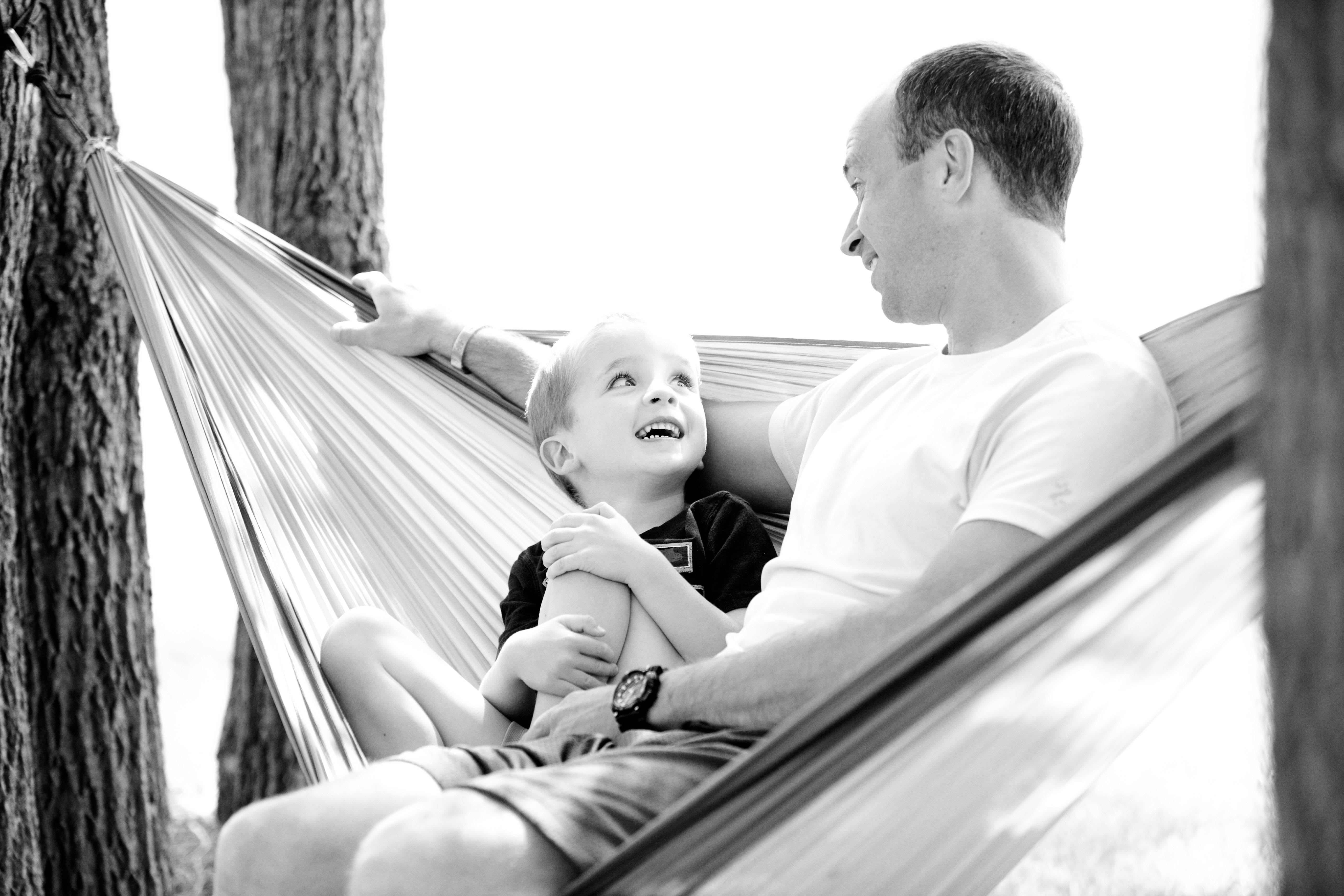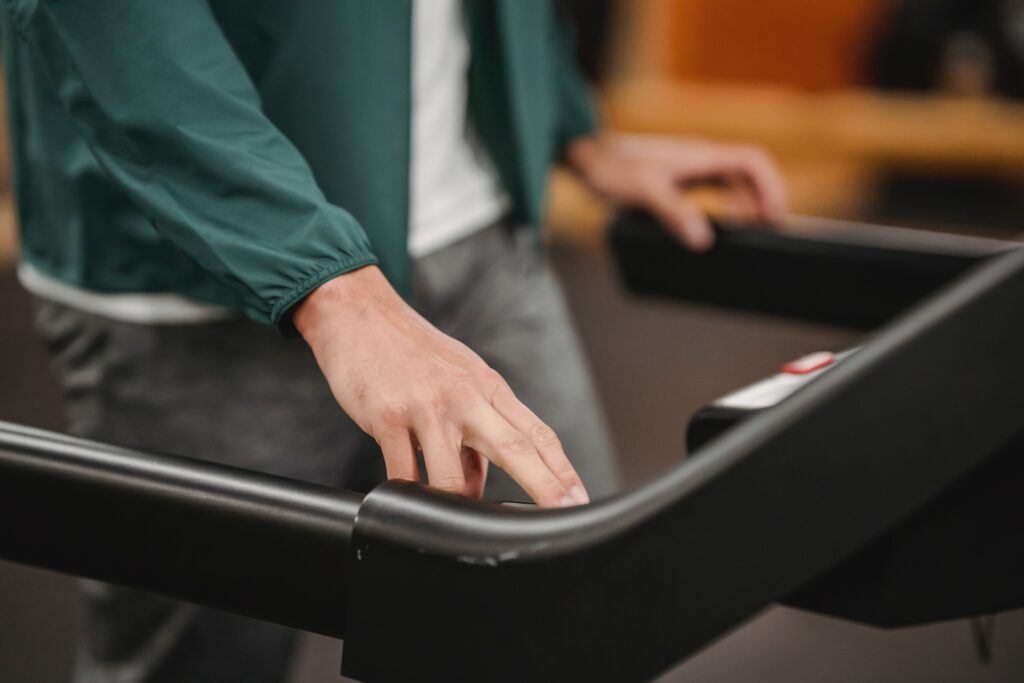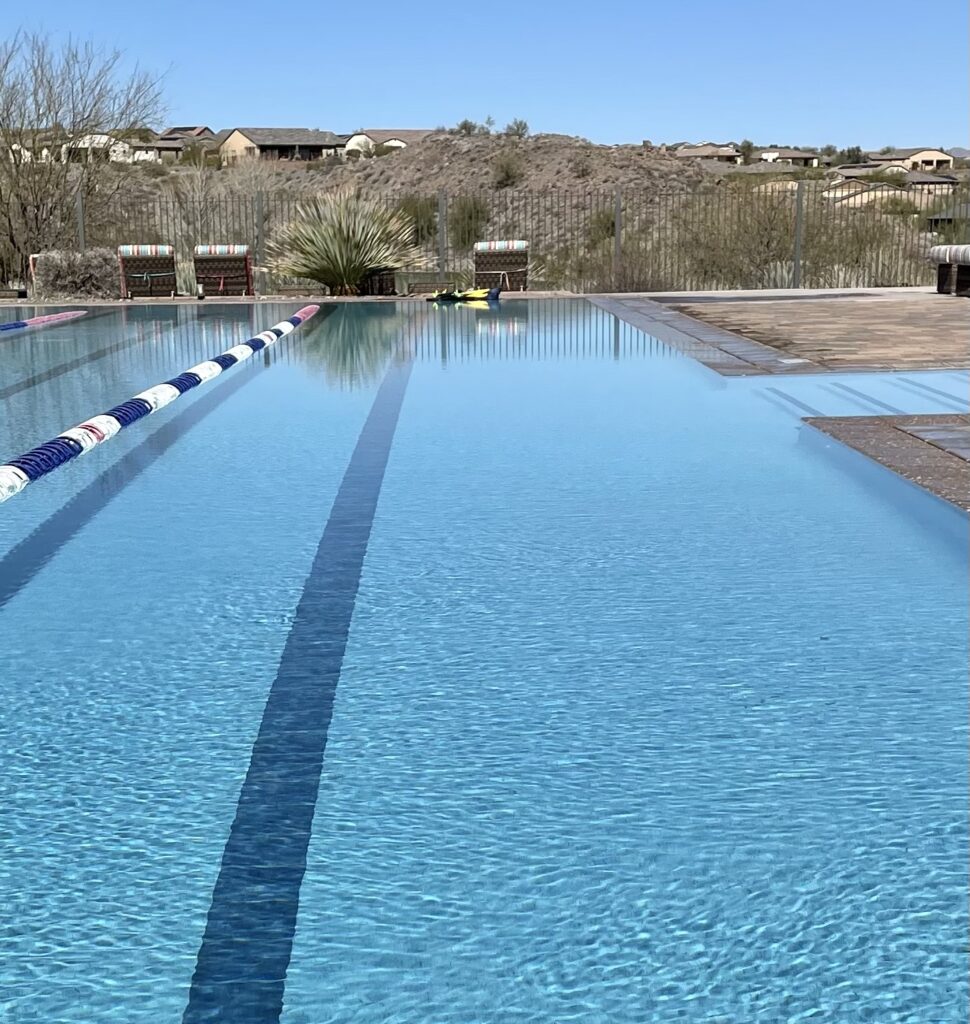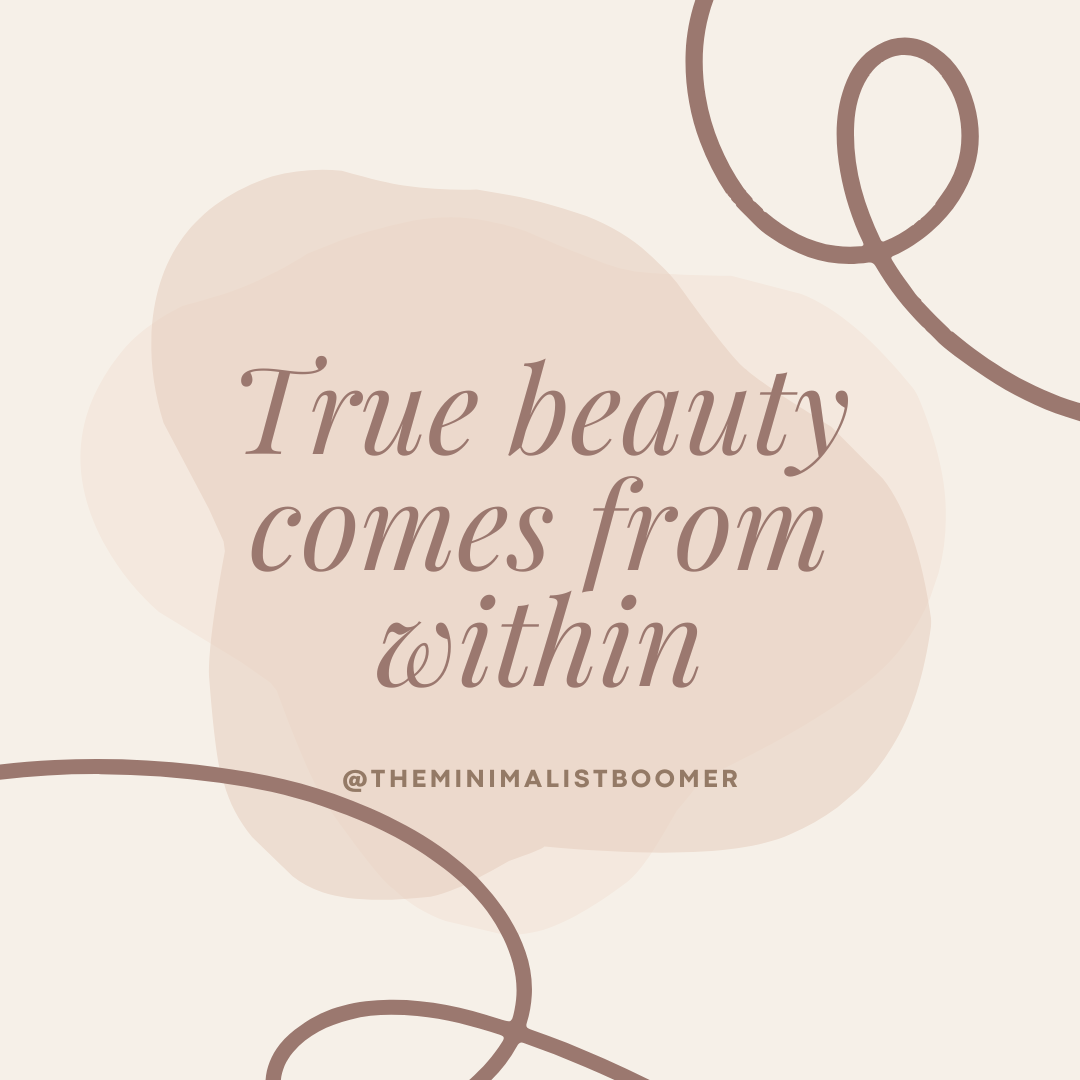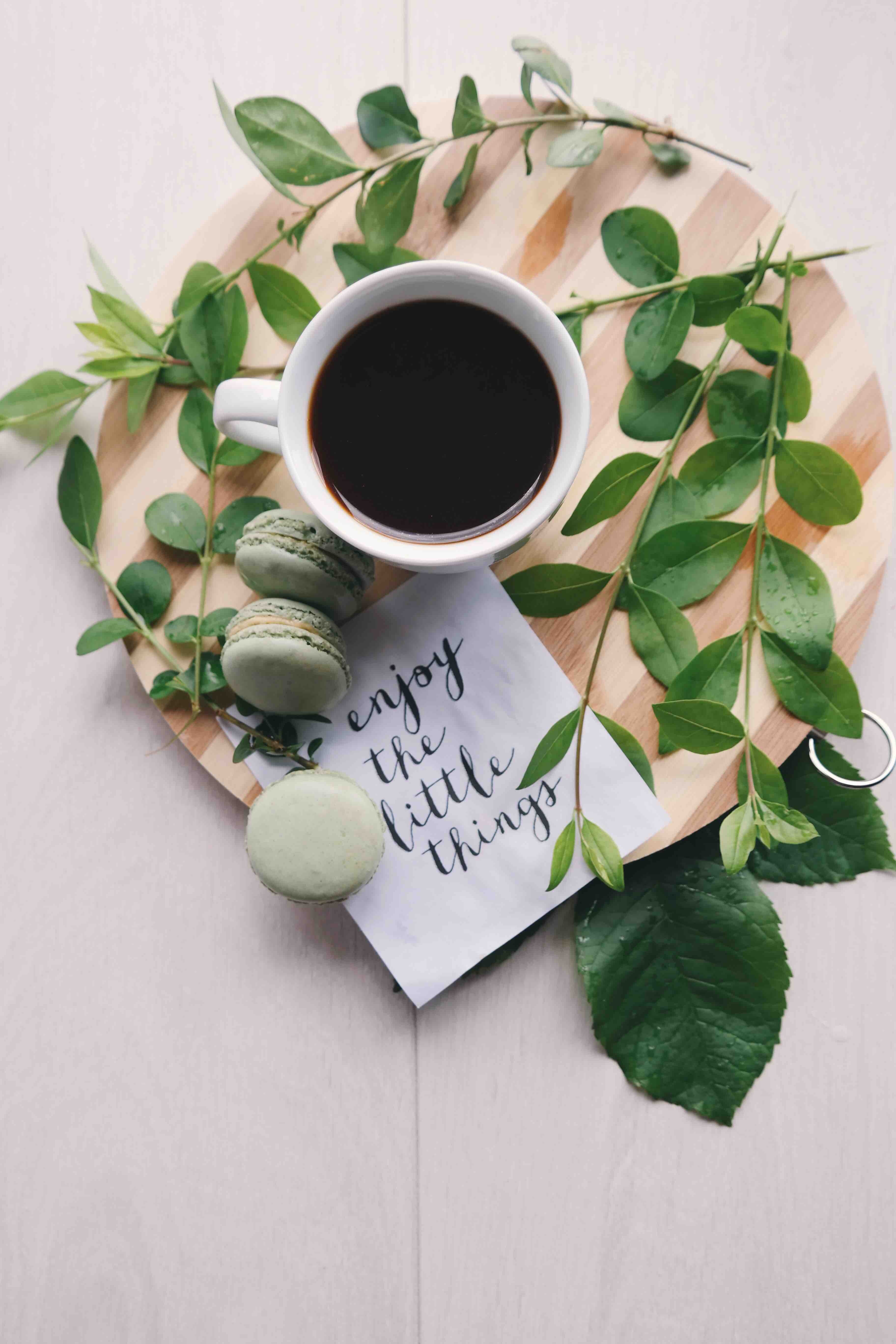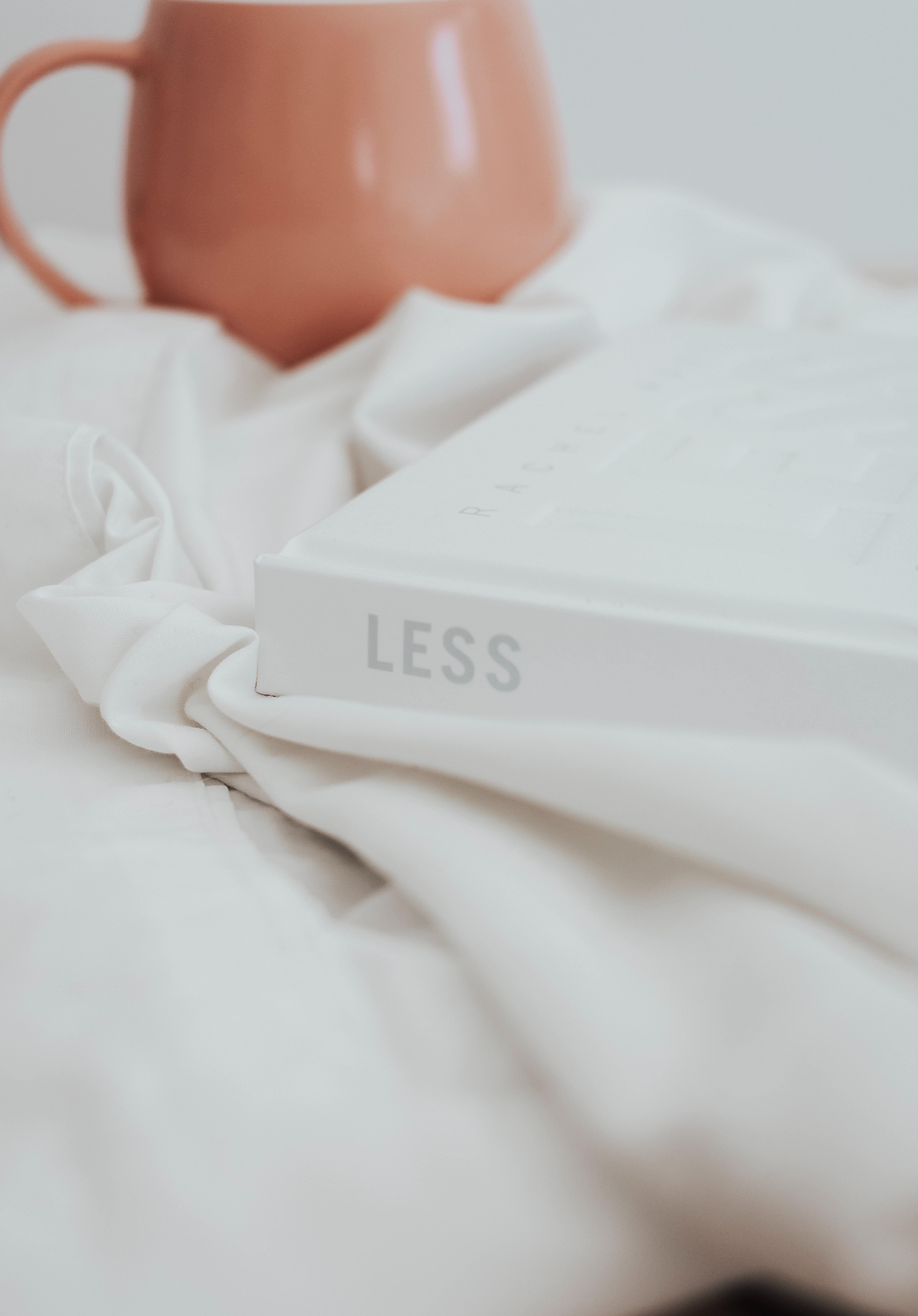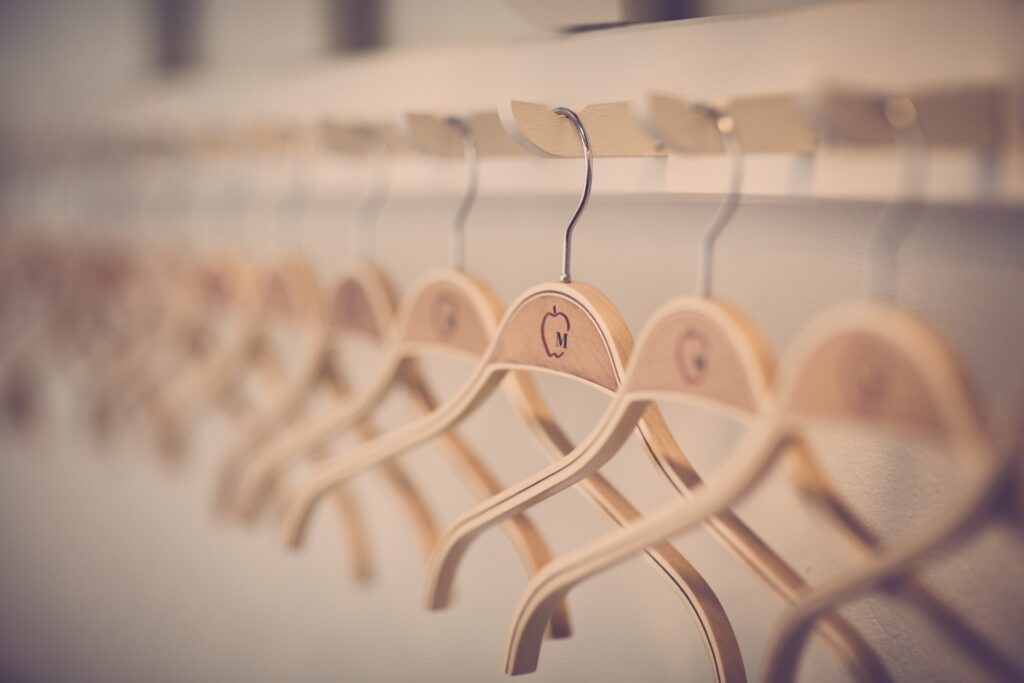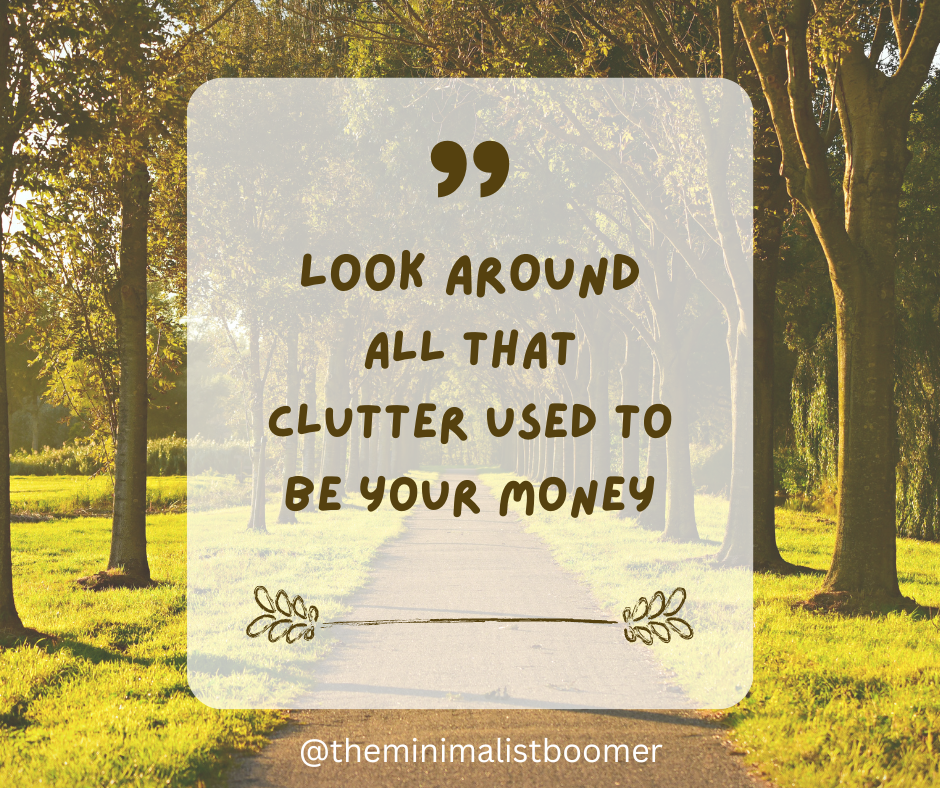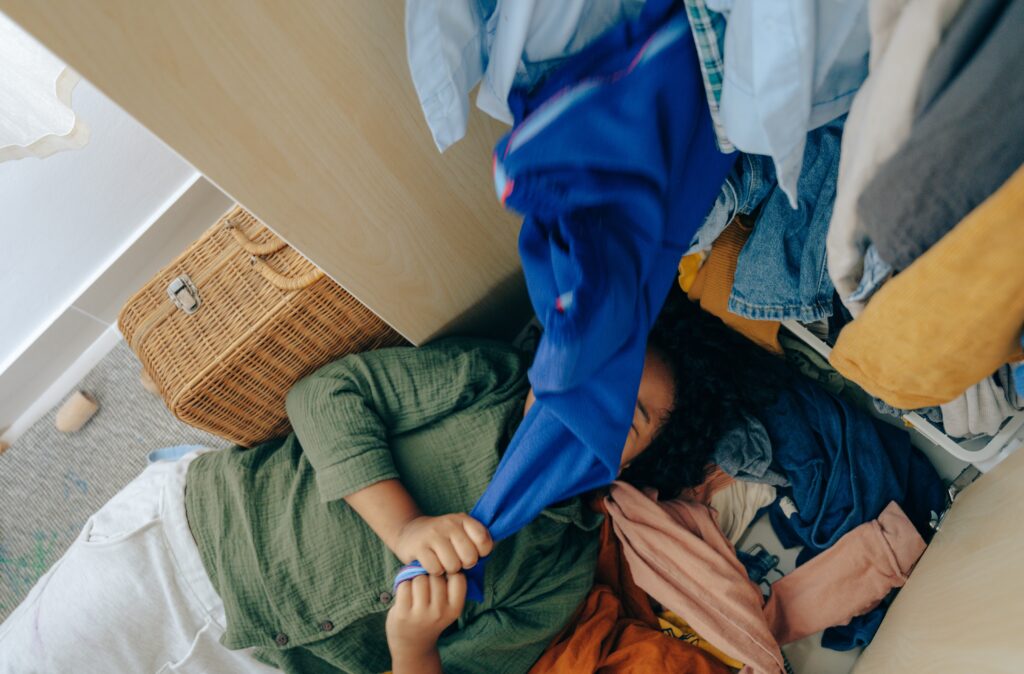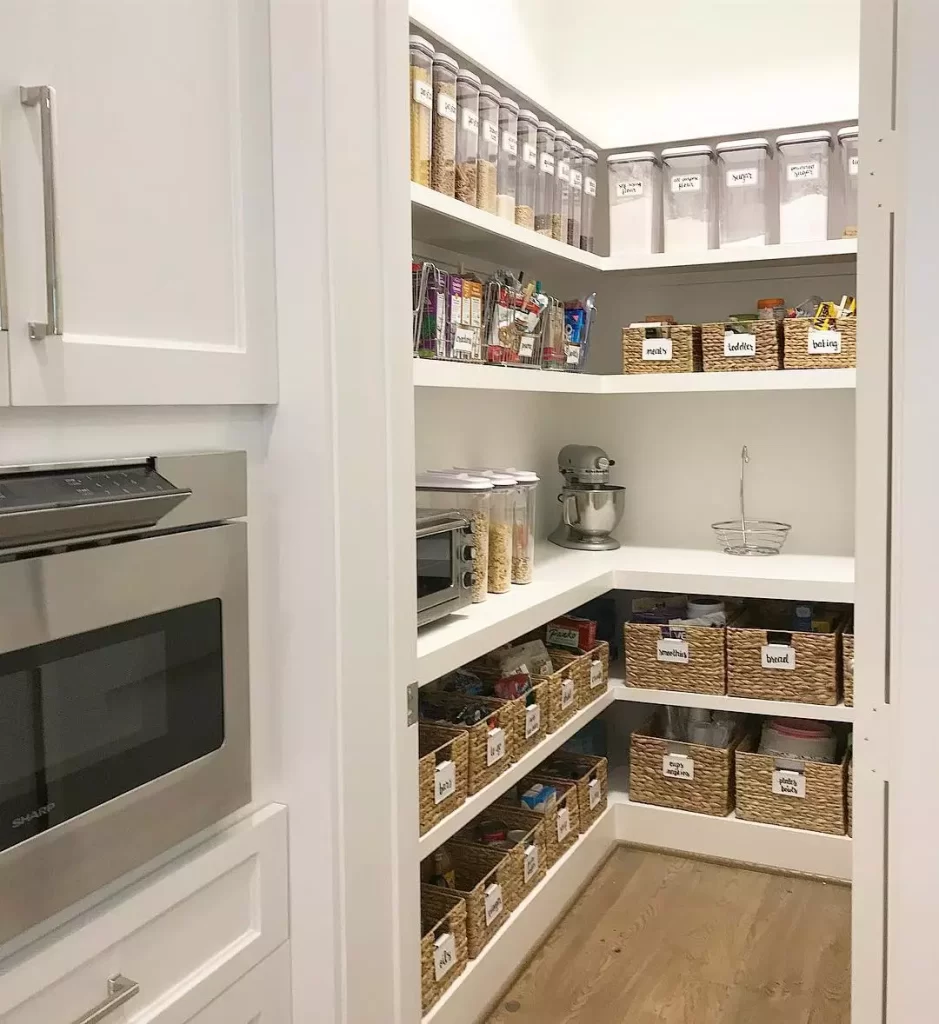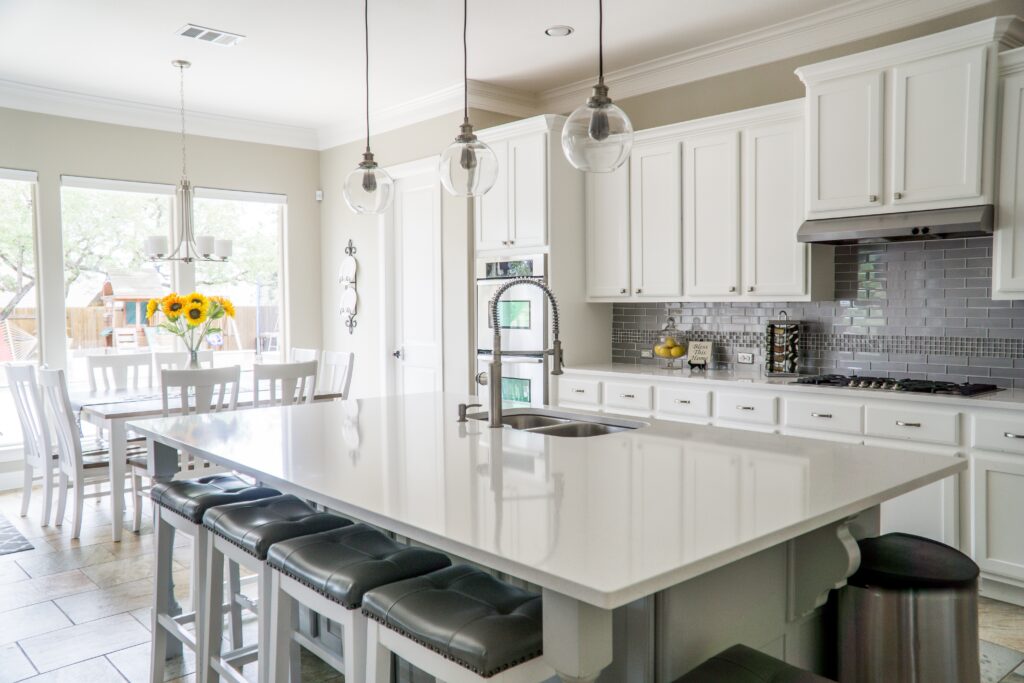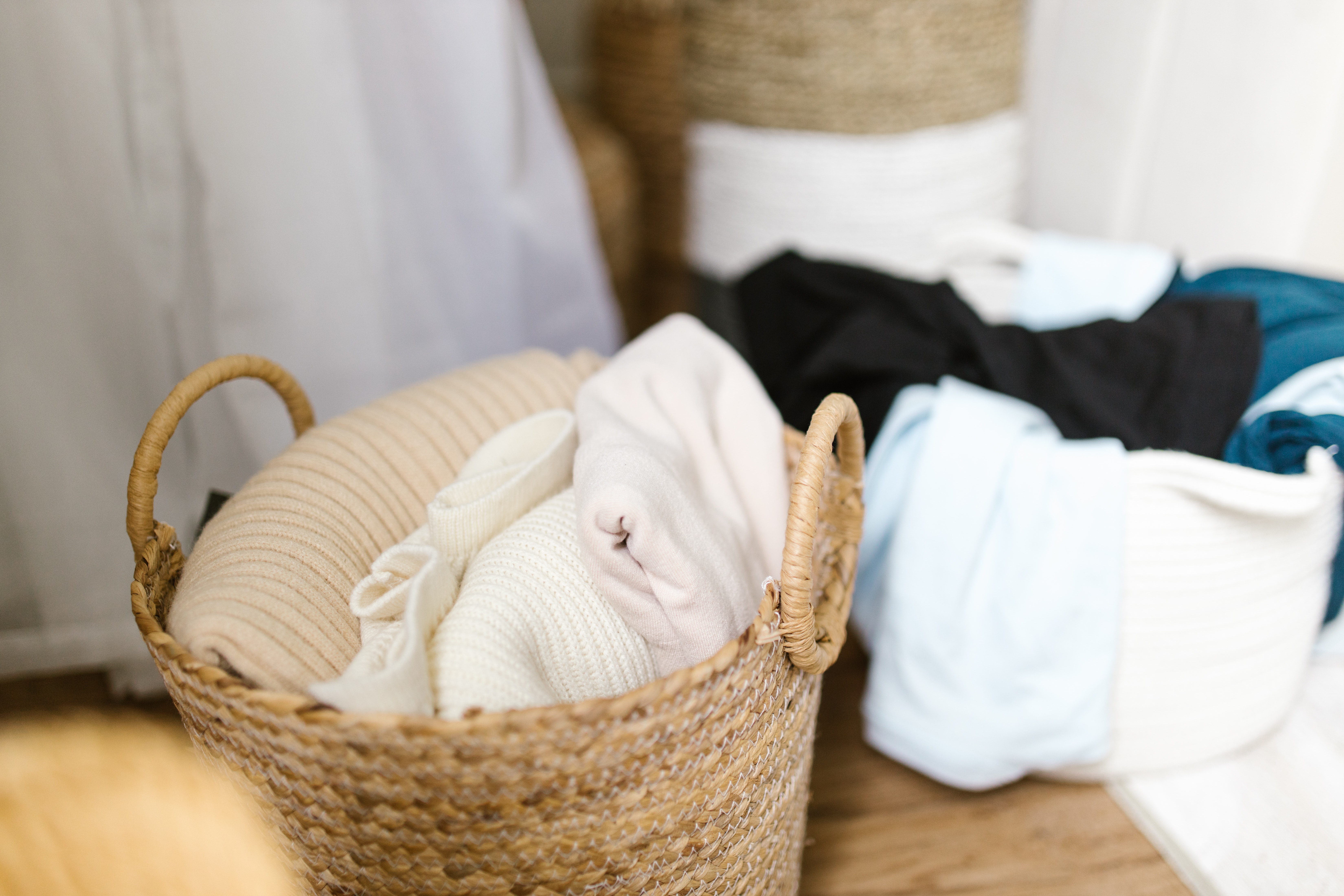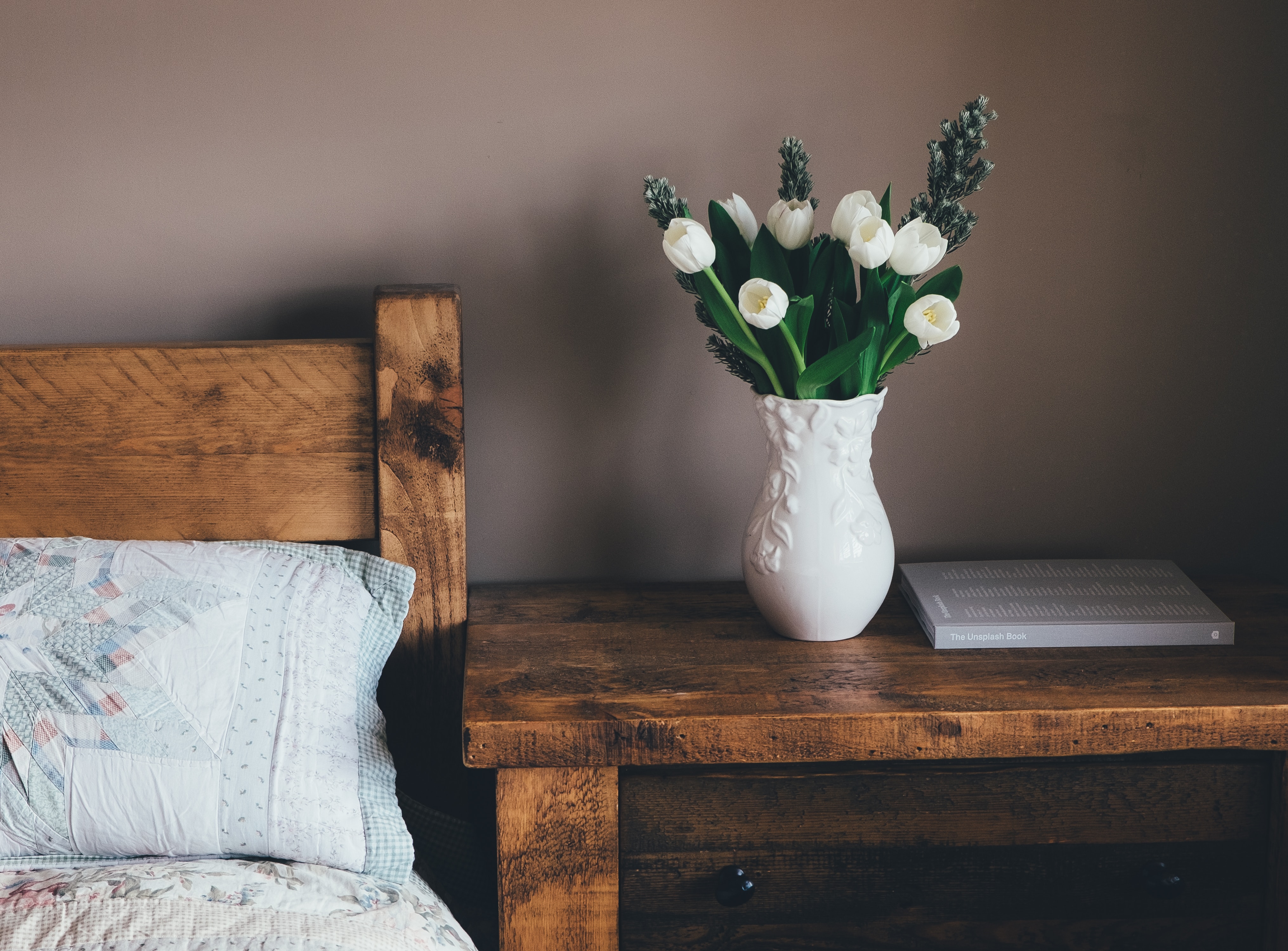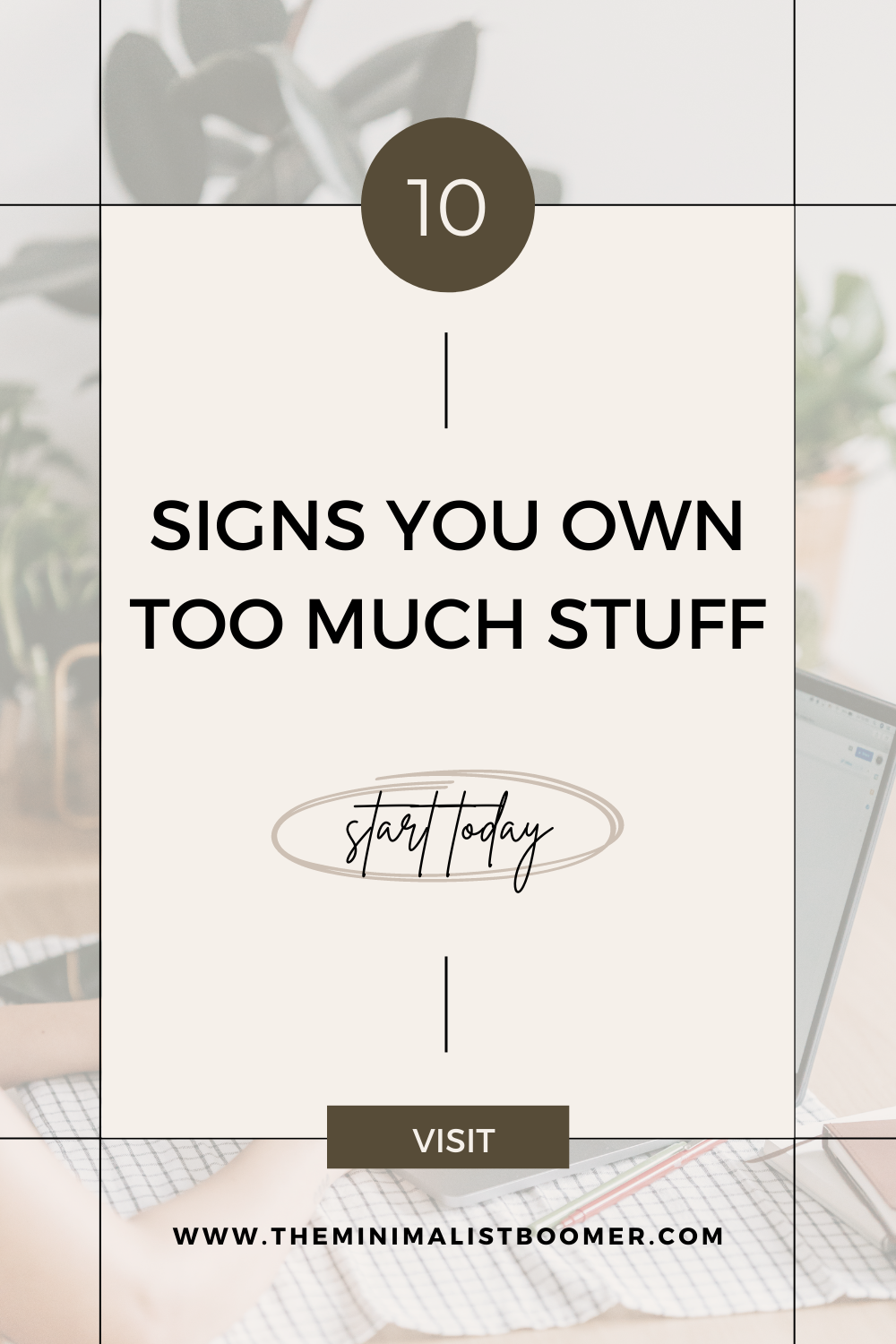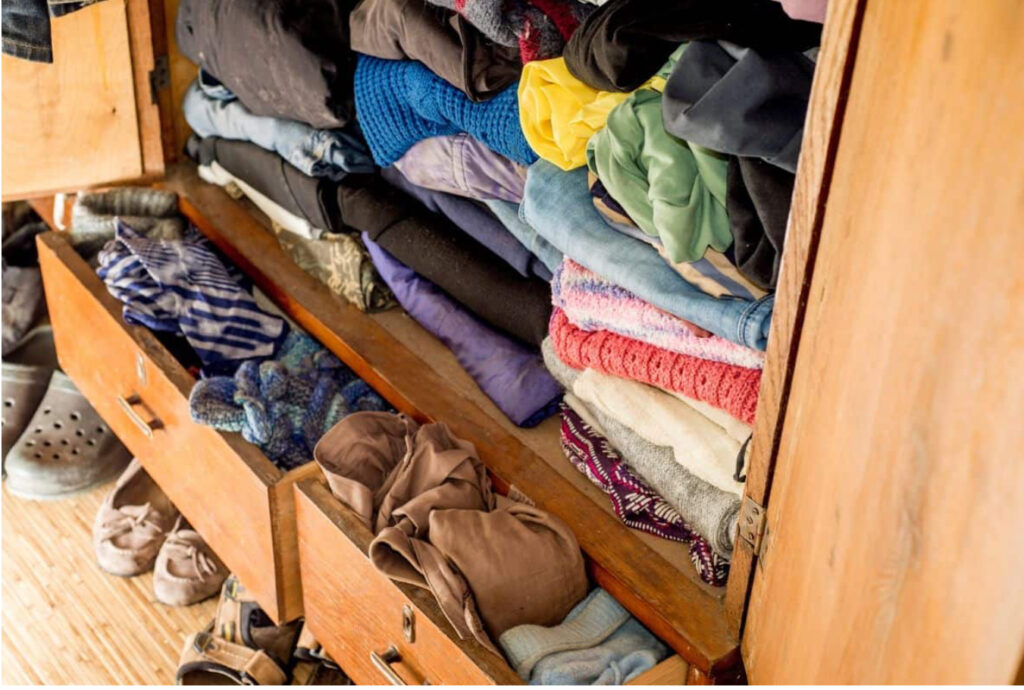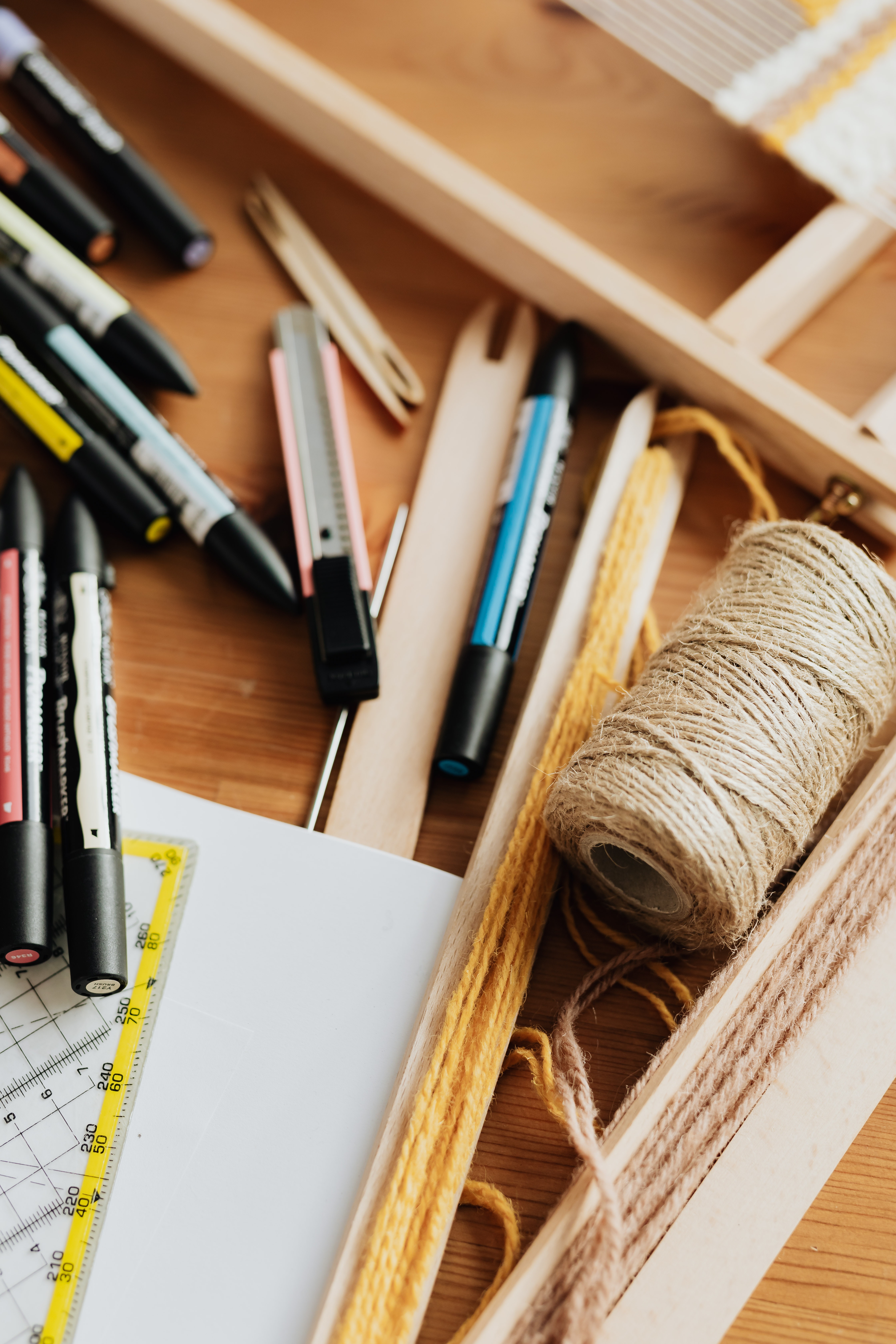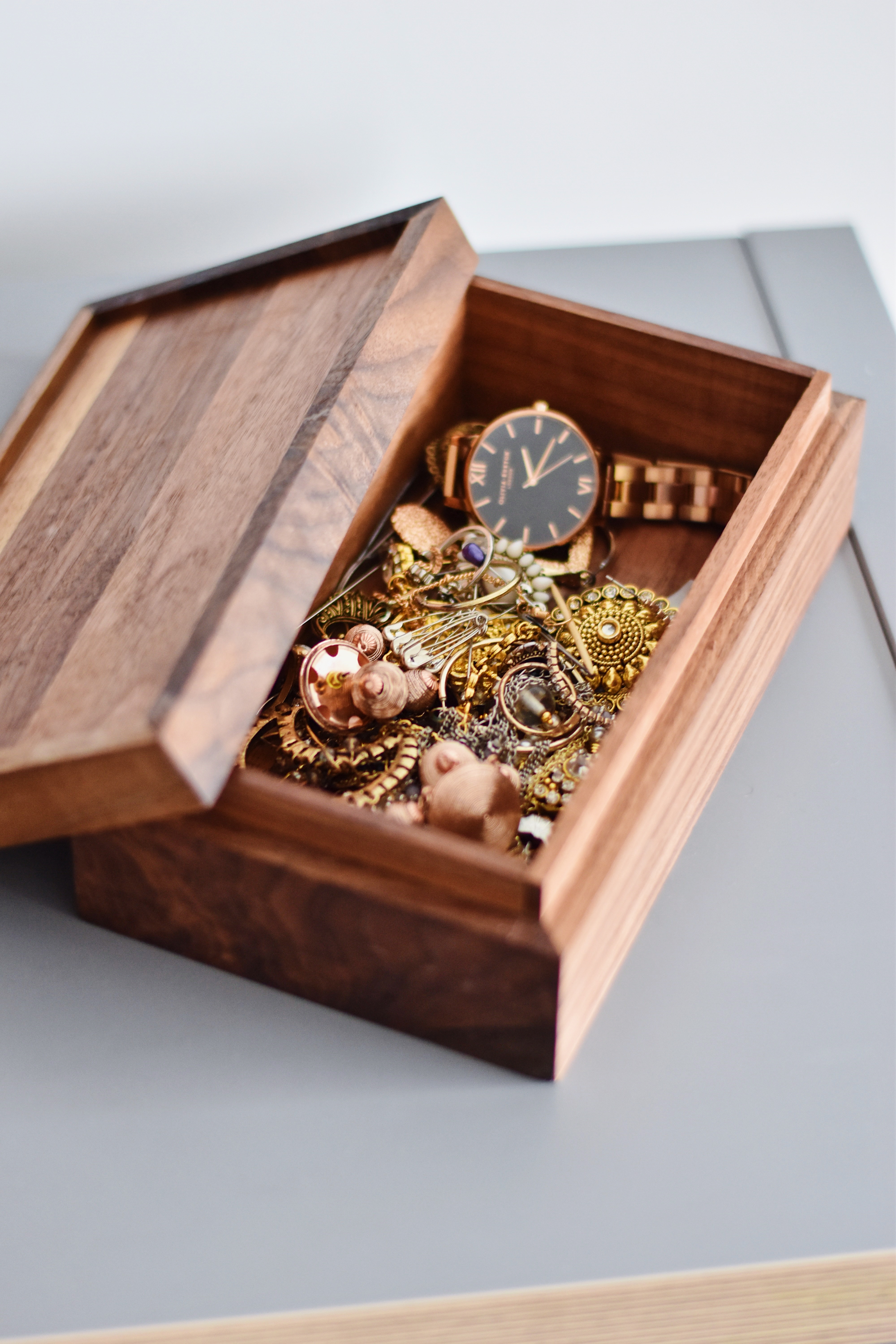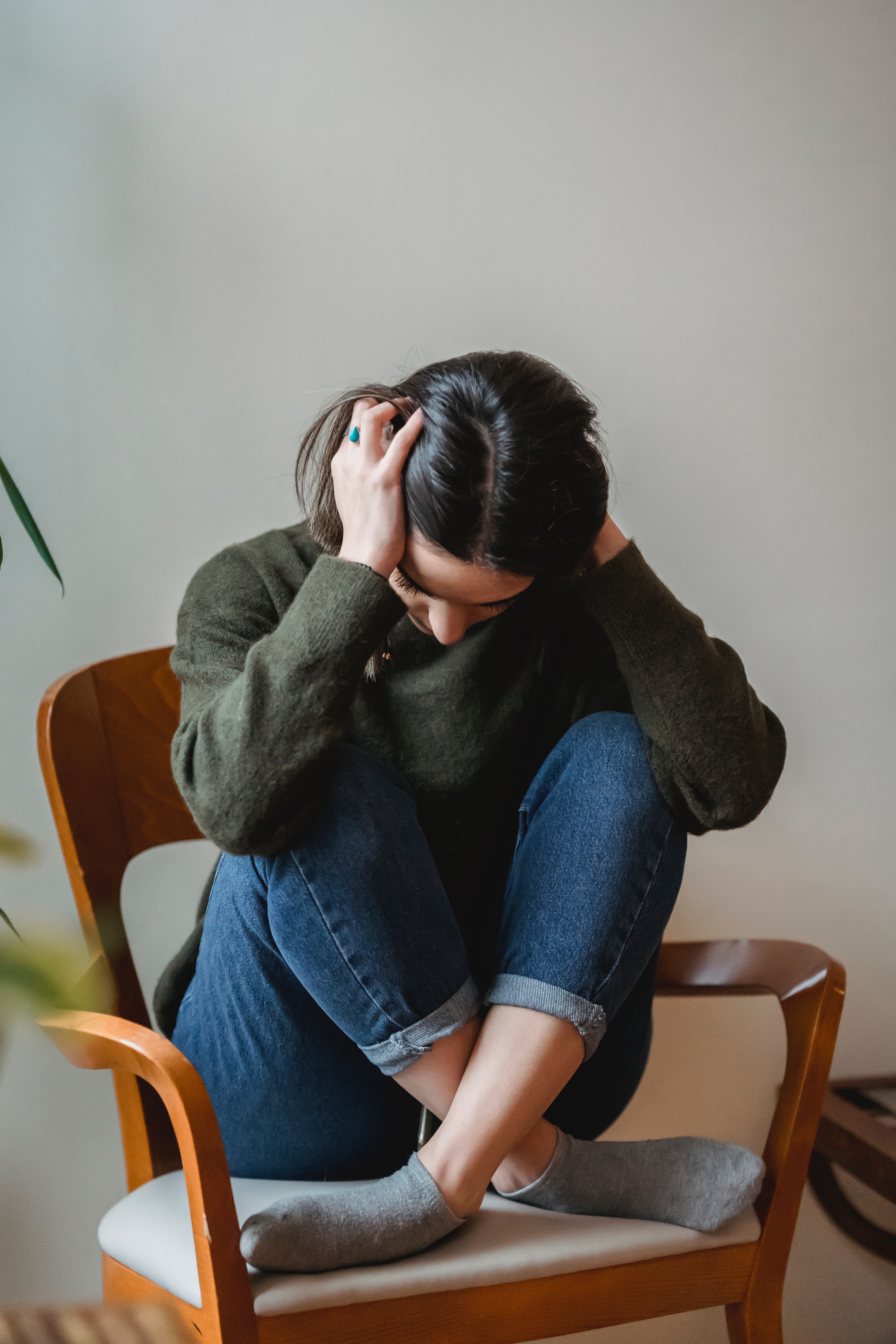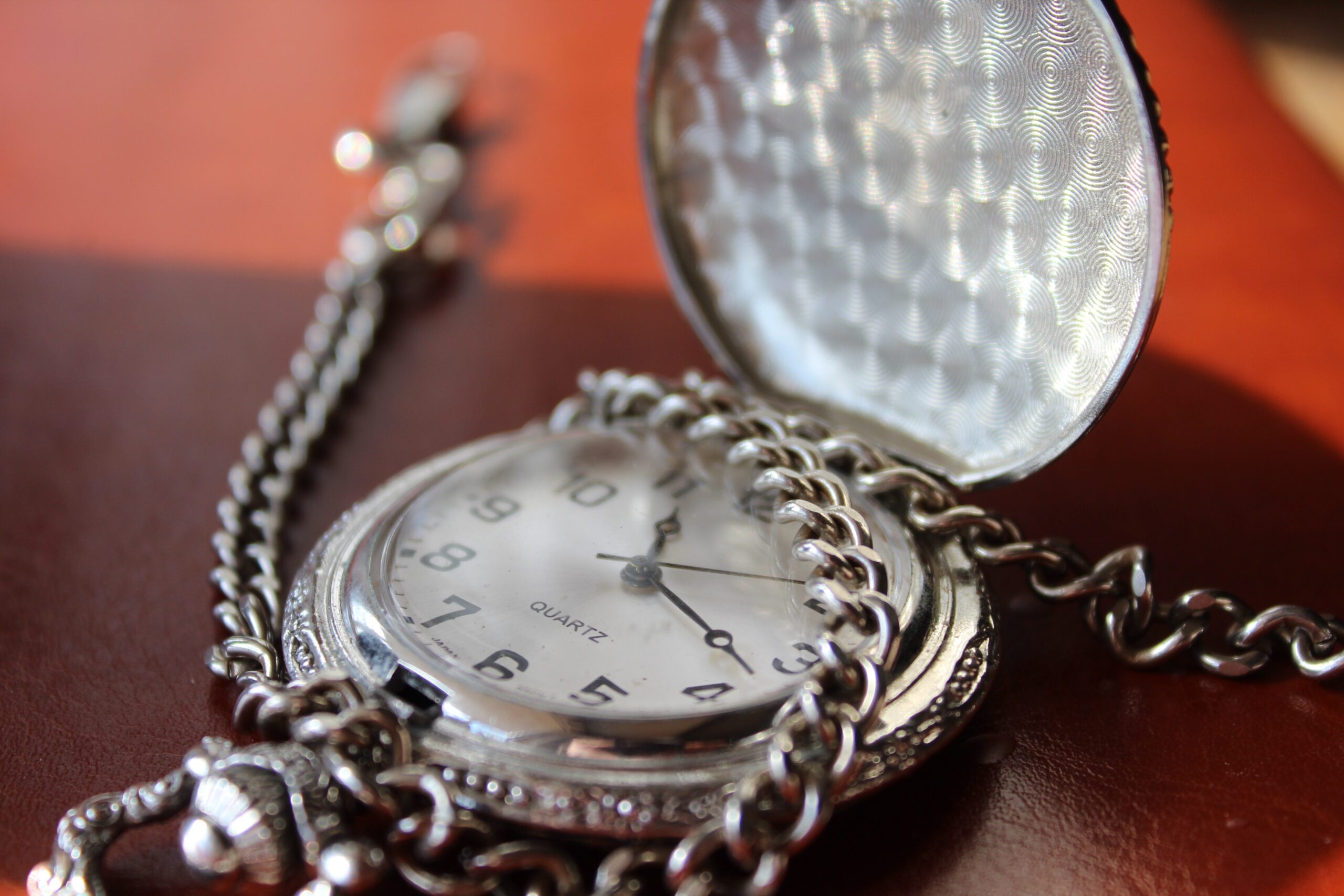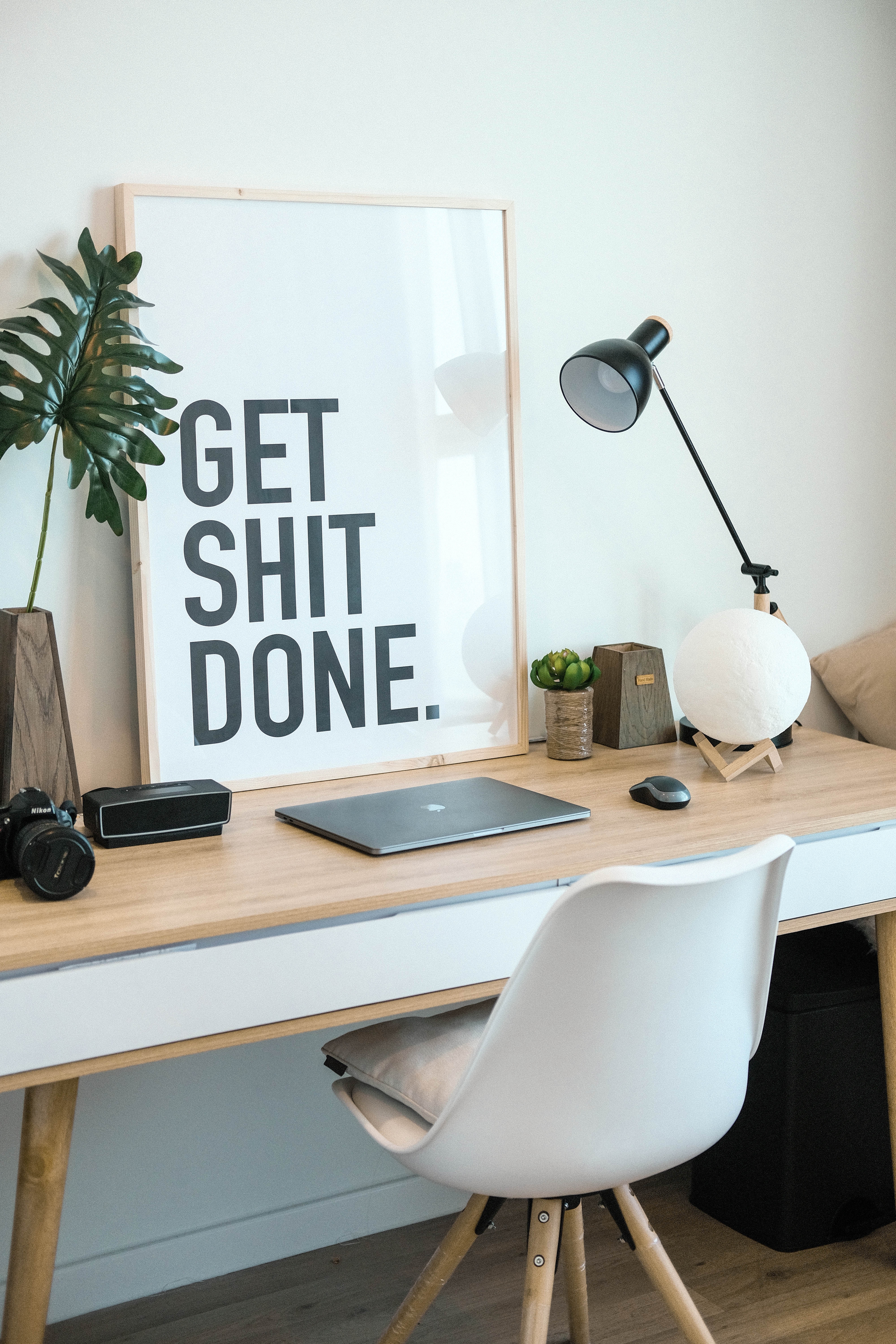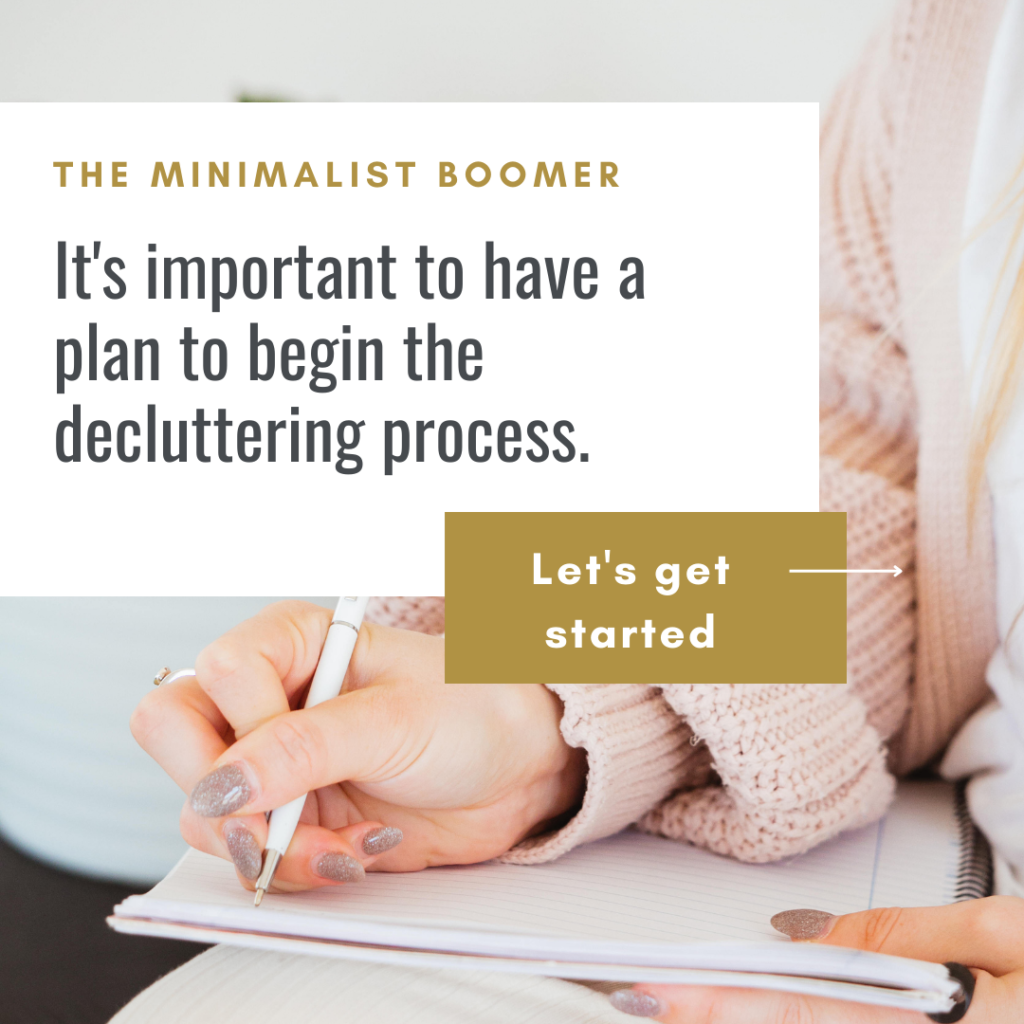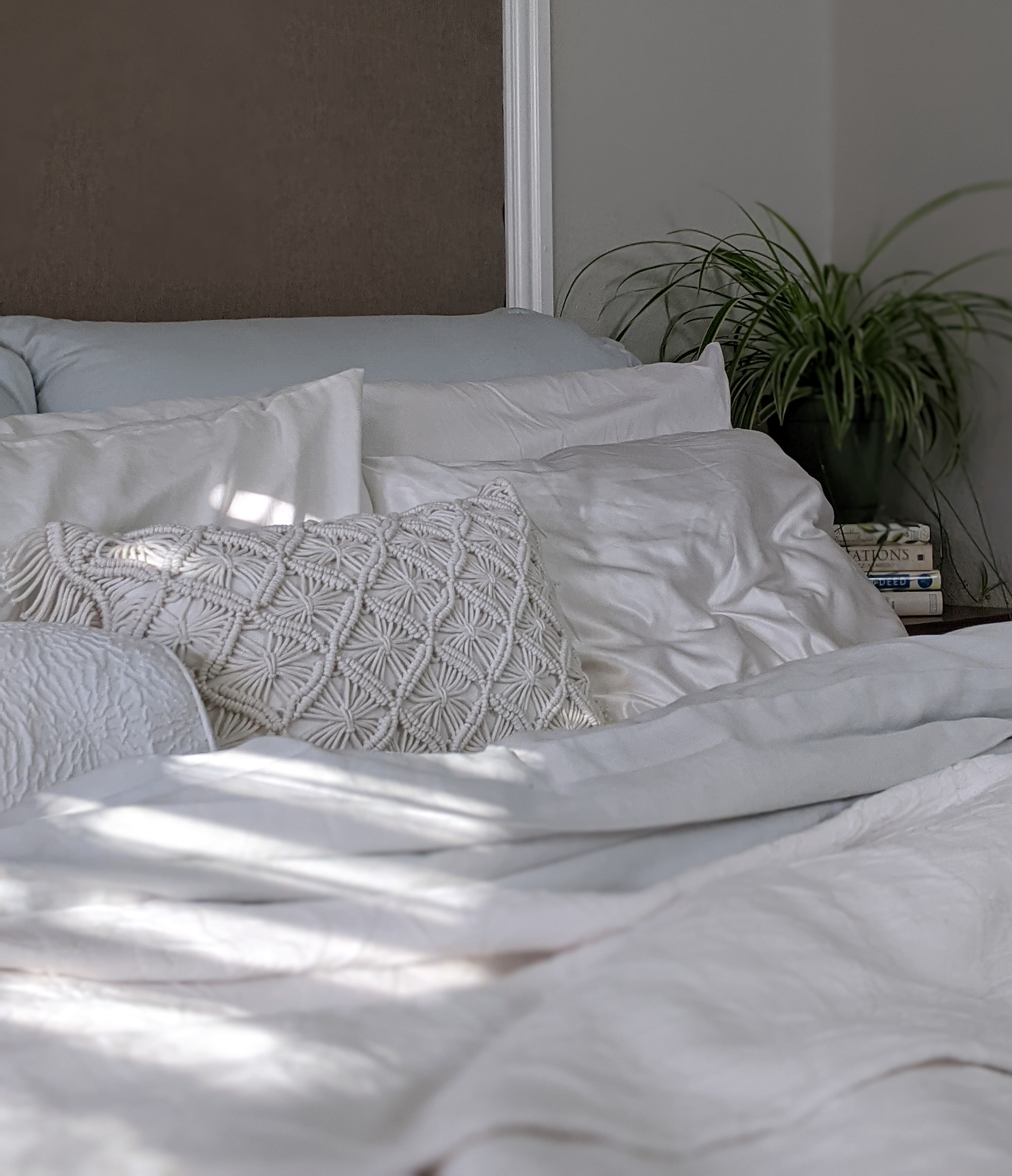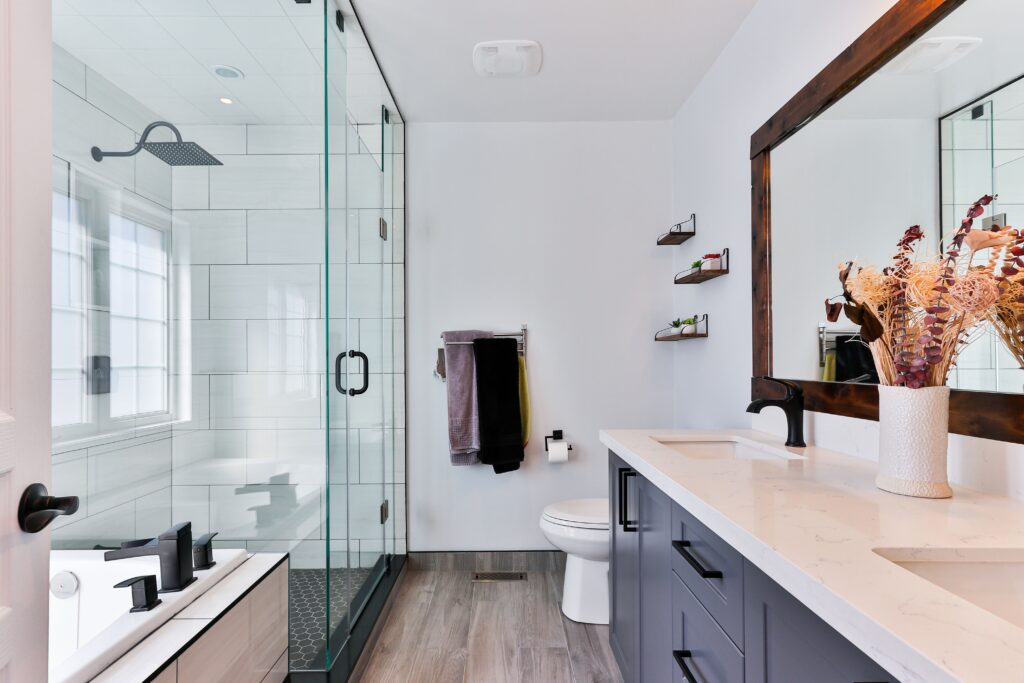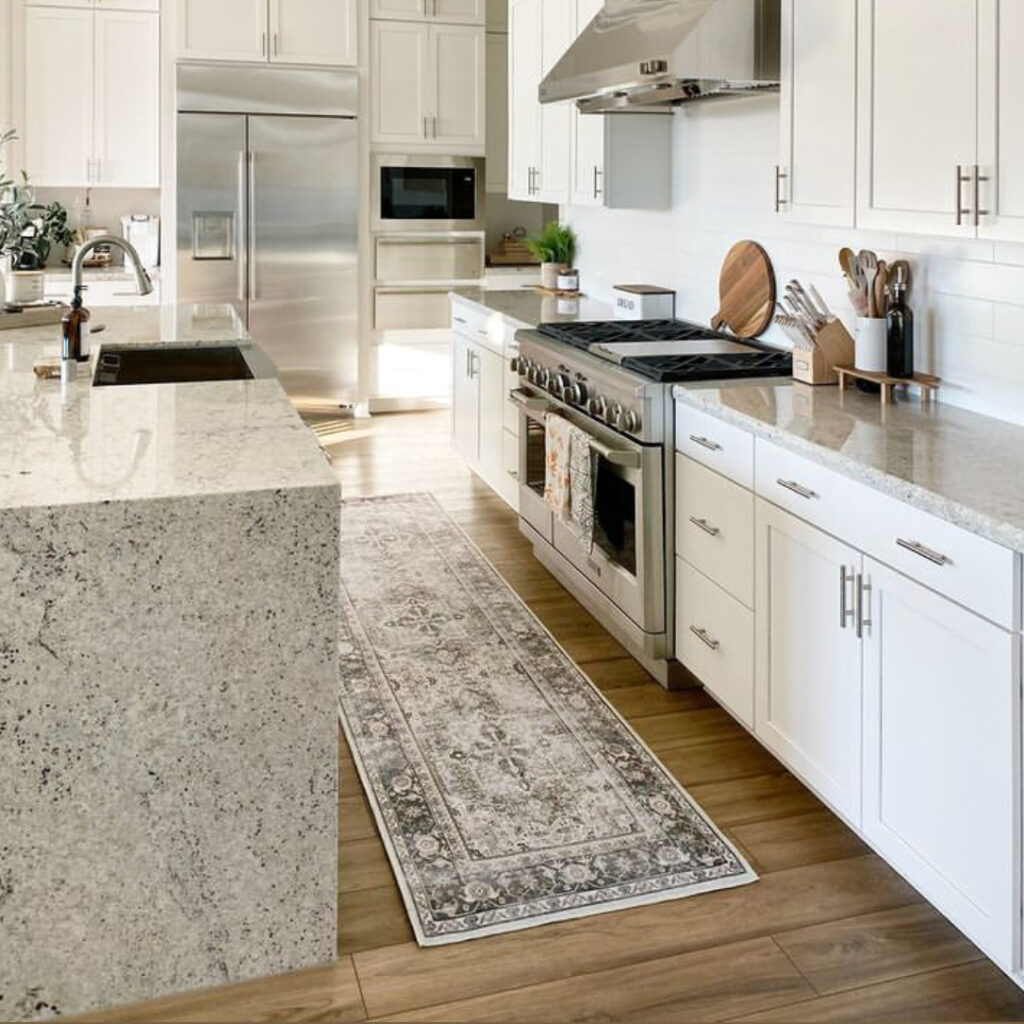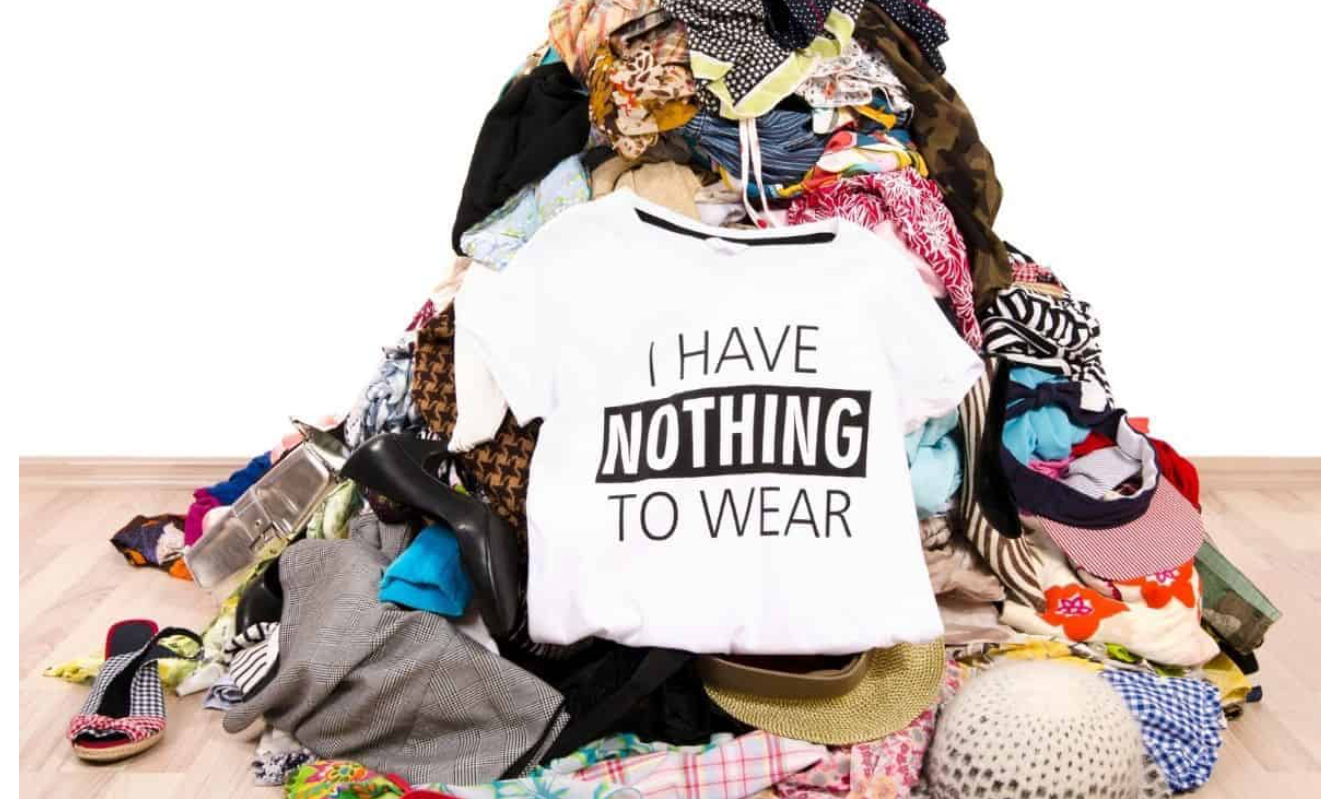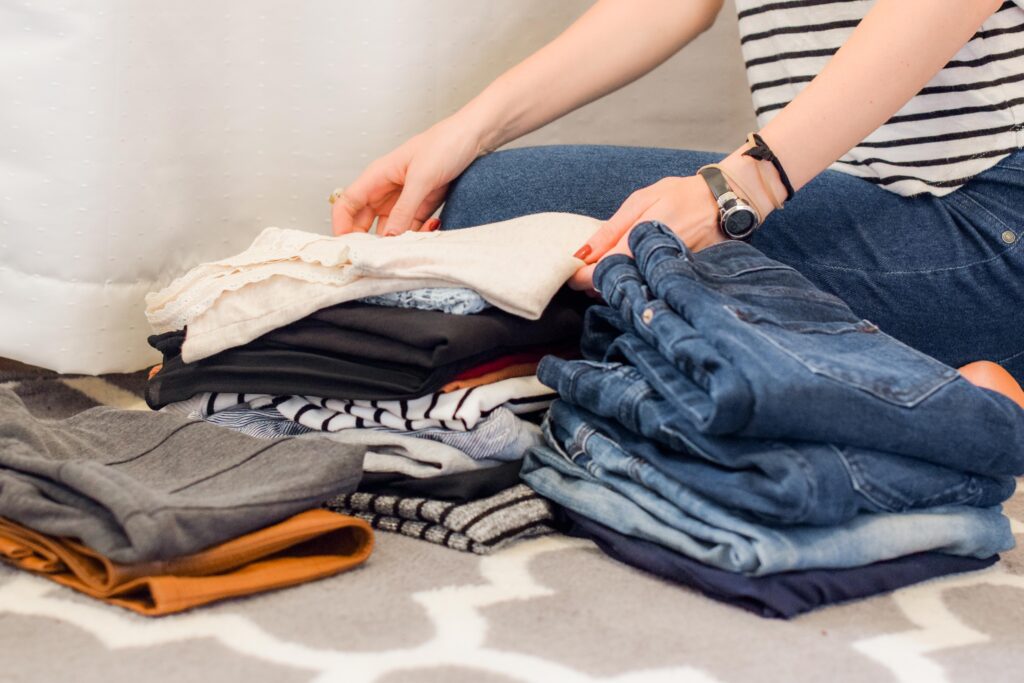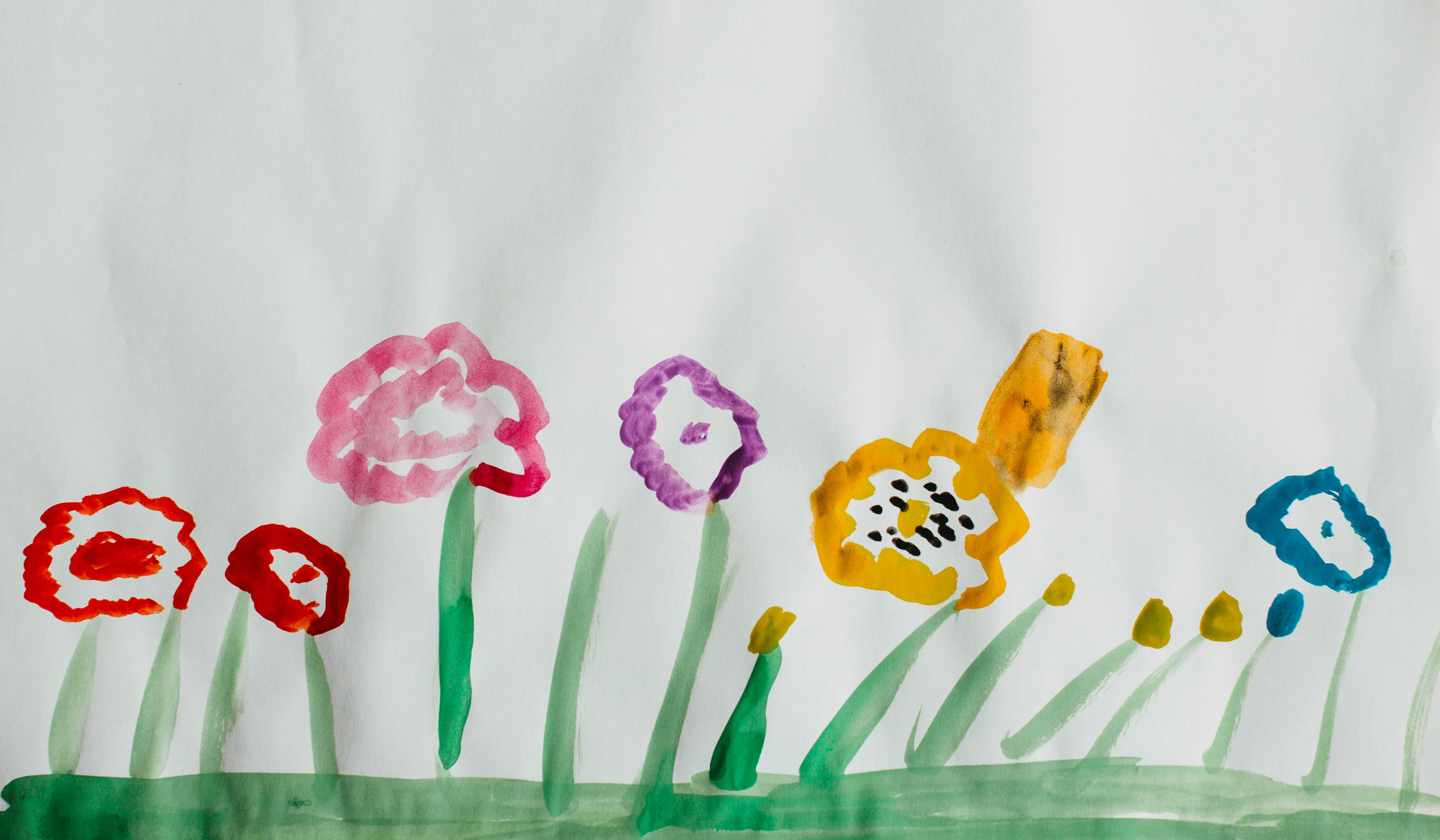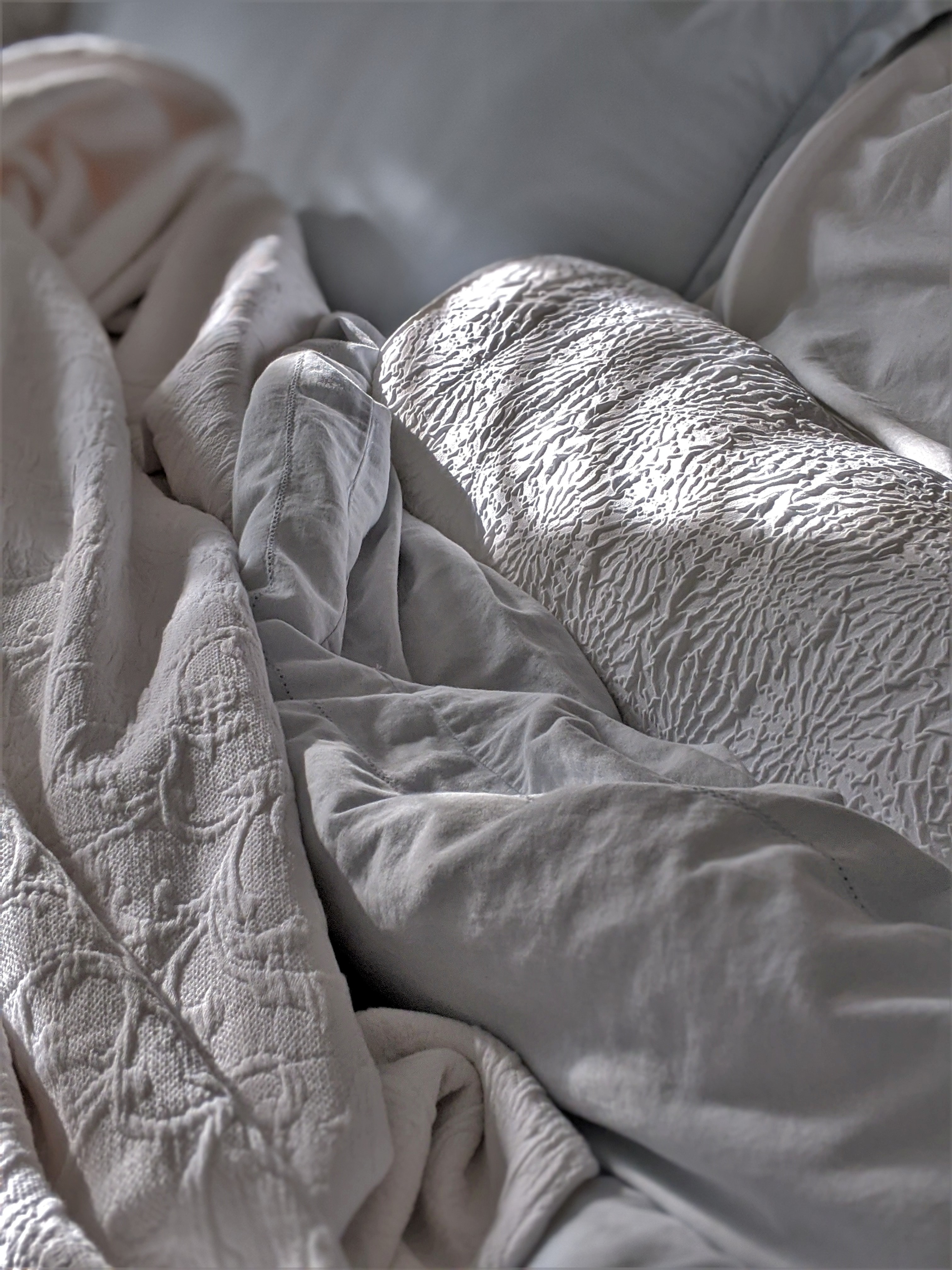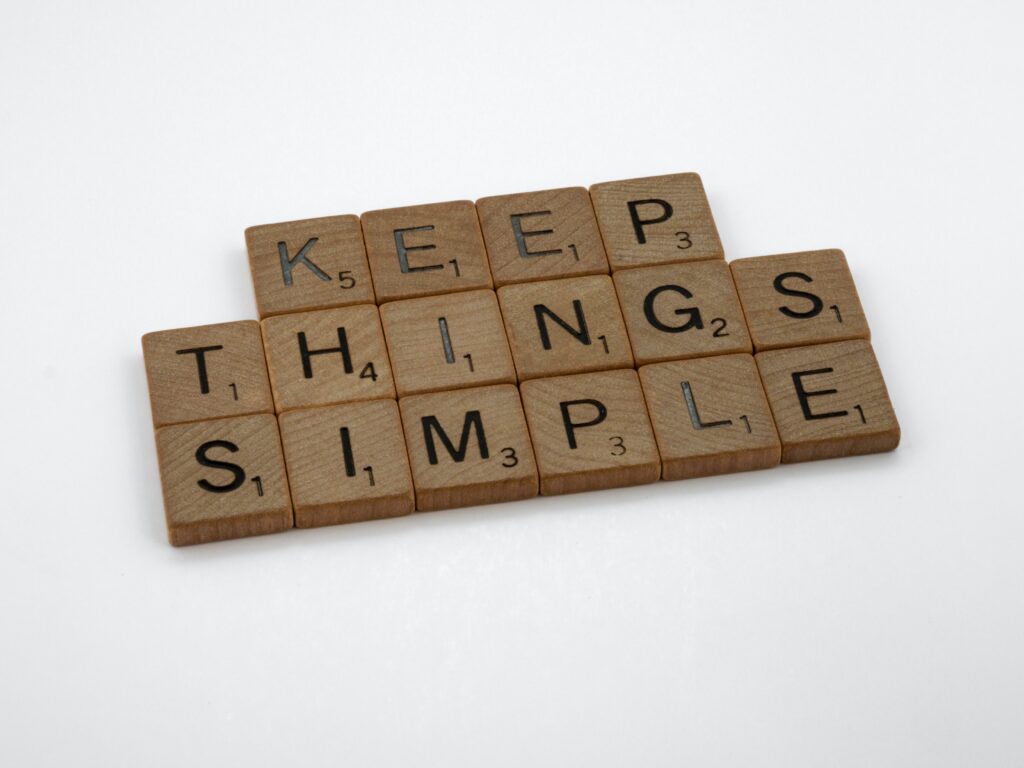Minimalism is a lifestyle choice that focuses on choosing to live with less. Embracing minimalism doesn’t mean you have to give up everything you own. It’s about making conscious decisions to prioritize what truly matters.
As a baby boomer, we have worked our entire lives, with an end goal of retirement. Now that we are here, what do we do? Dave and I set a goal to live this phase of our life doing whatever we feel like doing. And it feels good! Living a minimalist lifestyle makes it simple for us to just pick up and go whenever the opportunity presents itself.
If you are interested in giving it a try, here are five ways you can sample minimalist living, helping you create a more intentional and fulfilling life. By adopting these practices, you’ll find that less is more, and that living with less can lead to a happier, healthier, and more sustainable lifestyle.
Understanding Minimalism
Minimalism is a way of living that involves intentionally simplifying one’s life by minimizing possessions and focusing on experiences. Minimalism is not just about owning fewer things. It is also about creating a sense of clarity and freedom in one’s life. Minimalism is a way of focusing on what’s truly important in life and eliminating distractions. This can mean different things to different people, but the general idea is to get rid of excess stuff and create space for what really matters.
Why Choose Minimalism?
There are many reasons why people choose minimalism. Some people are tired of the constant clutter in their lives and want to simplify. Others are looking for more freedom and flexibility in their lives. And some people are simply looking for a way to save money and reduce their environmental footprint.
Minimalism is a journey, not a destination. It’s about finding what works for you and creating a sense of purpose and clarity in your life. Whether you choose to adopt a completely minimalist lifestyle or simply incorporate some minimalist principles into your life, the benefits can be significant.
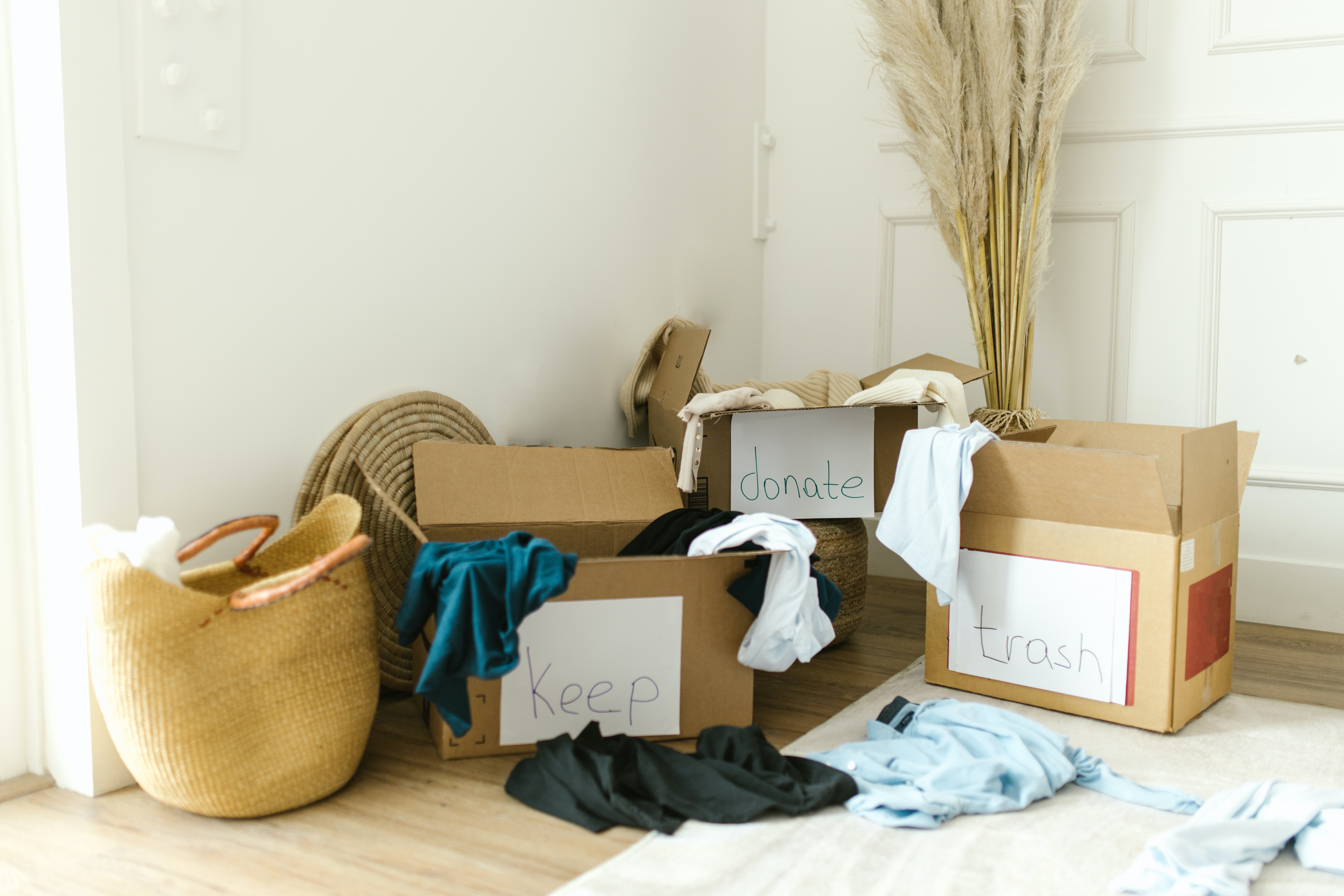
Five Ways to Sample Minimalist Living
Minimalist living is a lifestyle that focuses on living with less. It’s about simplifying your life by reducing the clutter and distractions that can weigh you down. If you’re interested in exploring minimalist living, here are five ways to get started:
1. Downsizing and Decluttering Your Home
The first step to embracing a minimalist lifestyle is to declutter your home. Take a look around your living space and identify the items that you no longer need or use. Donate, sell or recycle anything that doesn’t serve a purpose in your life. You’ll be amazed at how much clearer your space and mind will feel once you’ve let go of the excess.
2. Simplify Your Wardrobe
Take a look at your wardrobe and identify the clothes that you wear the most. Donate or sell the clothes that you haven’t worn in the past year. By simplifying your wardrobe, you’ll be able to spend less time deciding what to wear and more time on the things that matter most.
3. Examine Your Diet
Eating a simpler diet is not only good for your health, it can also help you save money. Instead of eating out or buying pre-made meals, try cooking your own food from scratch. Focus on whole foods like fruits, vegetables, and lean protein. Not only will you feel better, but you’ll also have more control over what you’re putting into your body.
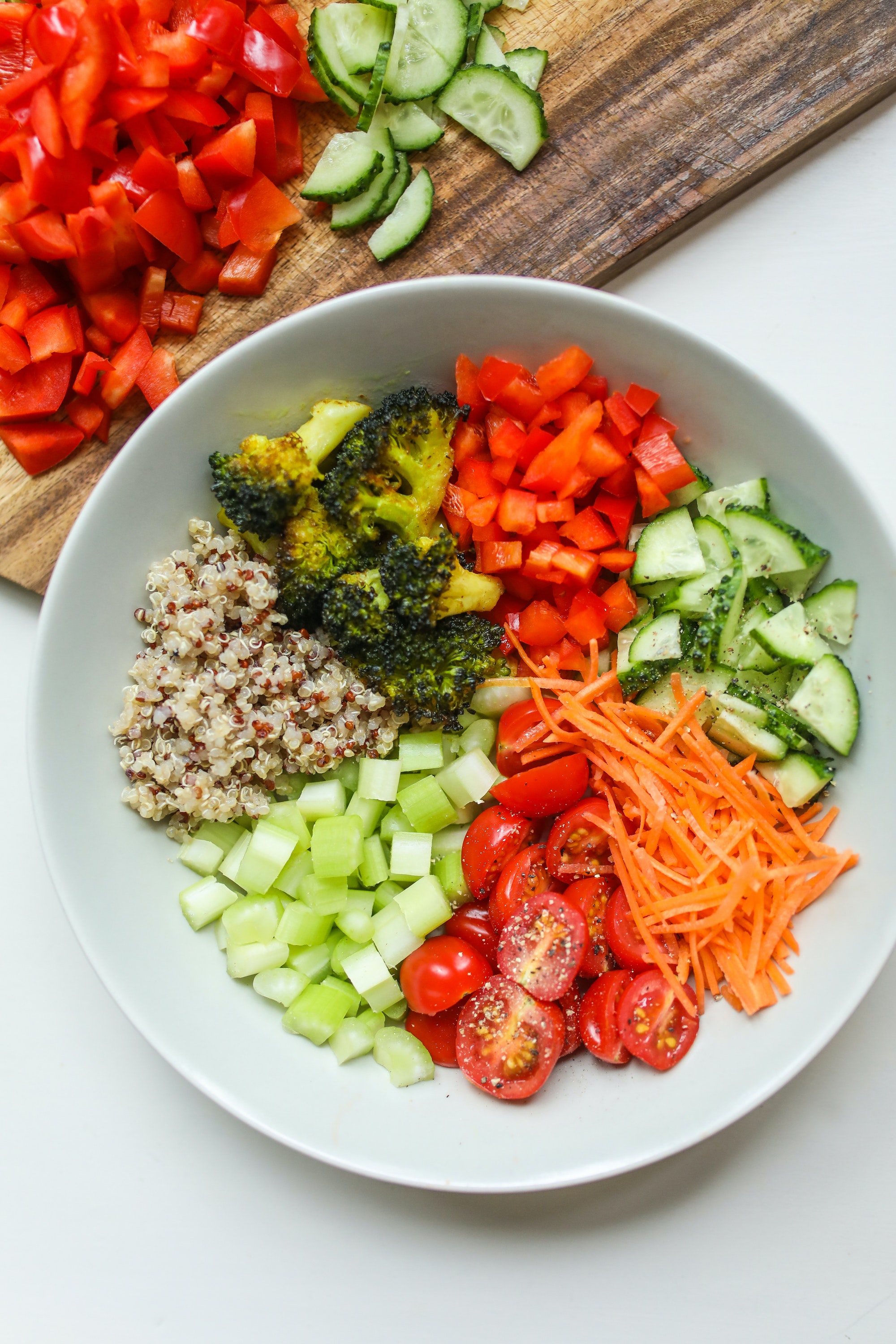
4. Clean Up Your Digital Life
Our digital lives can be just as cluttered as our physical ones. Take some time to declutter your digital life by unsubscribing from email lists, deleting old files, and organizing your digital space. Spend less time scrolling through social media and more time engaging in real-life activities that bring you joy.
5. Embrace a Slower Pace of Living
Living a minimalist lifestyle is not just about physical possessions. It’s also about slowing down and enjoying the simple things in life. Take a walk in nature, read a book, or spend time with loved ones. By embracing a slower pace of living, you’ll be able to focus on what really matters in life. If you missed my earlier post on Slow Living, check it out here – https://minimalistboomer.com/slow-living-what-is-it/
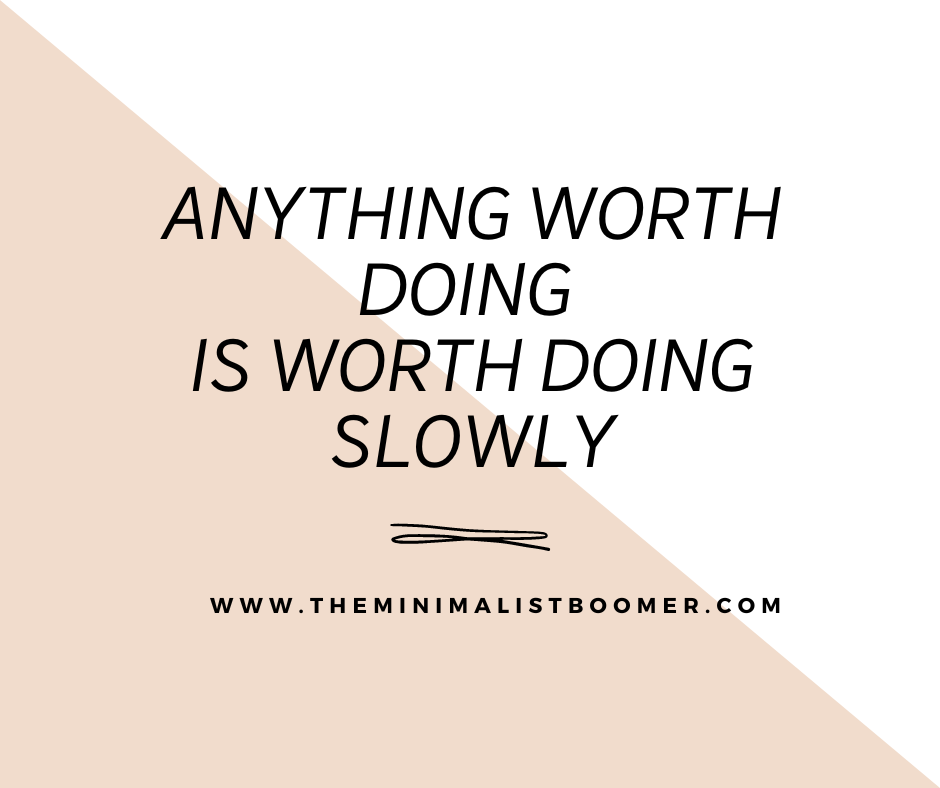
I hope these five ways to sample minimalist living have been helpful to you. Minimalist living is not about deprivation or sacrifice. It’s about making conscious choices that align with your values and priorities.
By living with less, you can create more space, time, and energy for the things that matter most to you. Whether it’s spending time with loved ones, pursuing your passions, or simply enjoying the present moment, minimalism can help you live a more meaningful and satisfying life.
I would love to hear from you. Feel free to leave your comments below!


